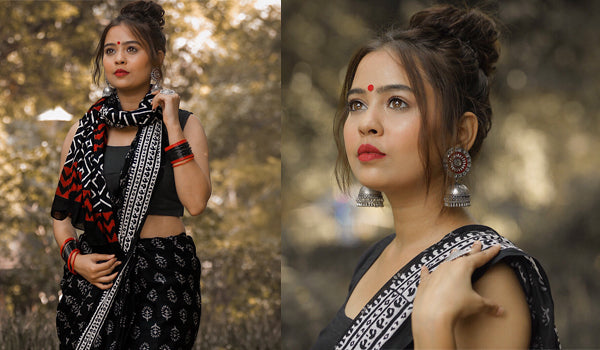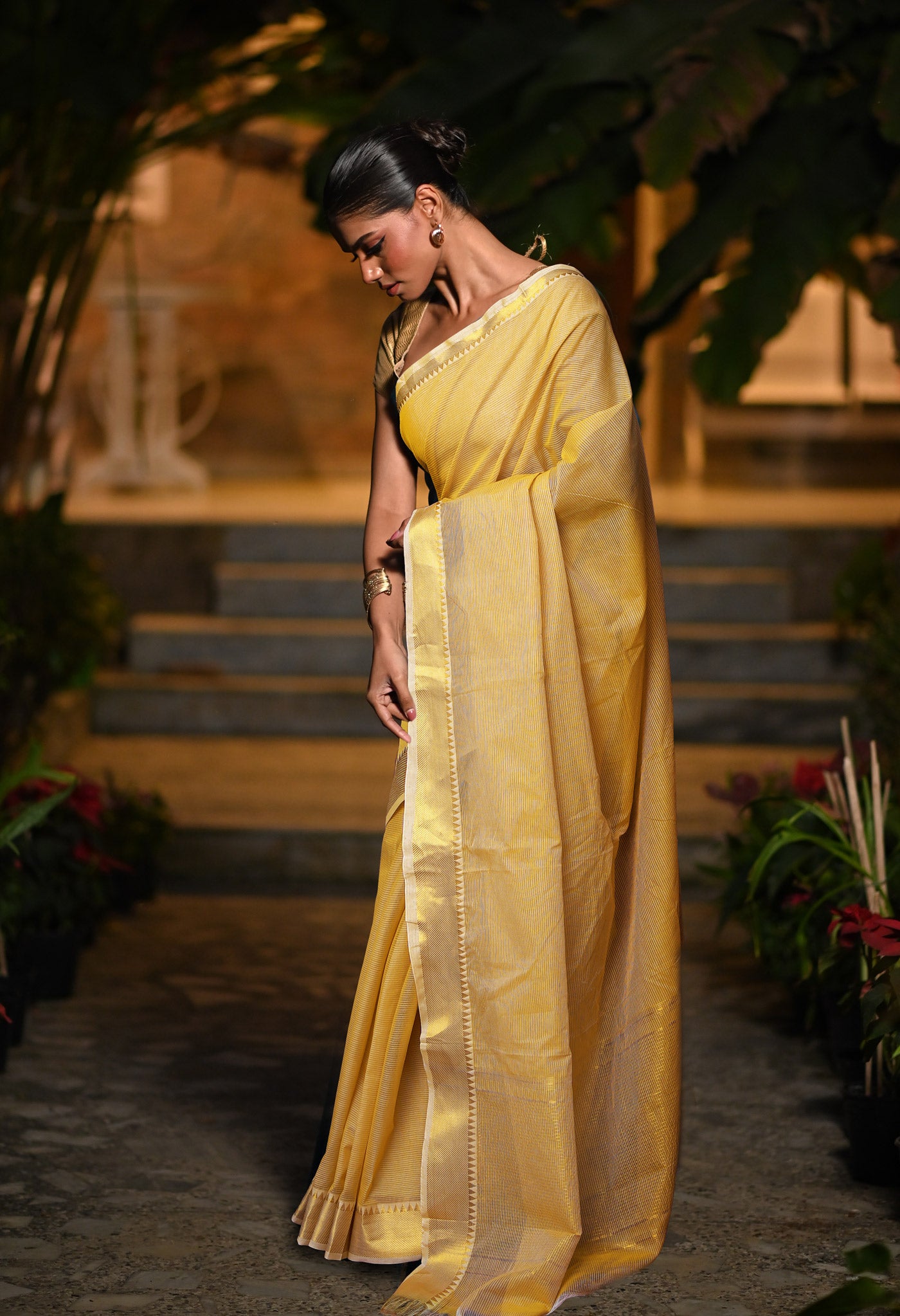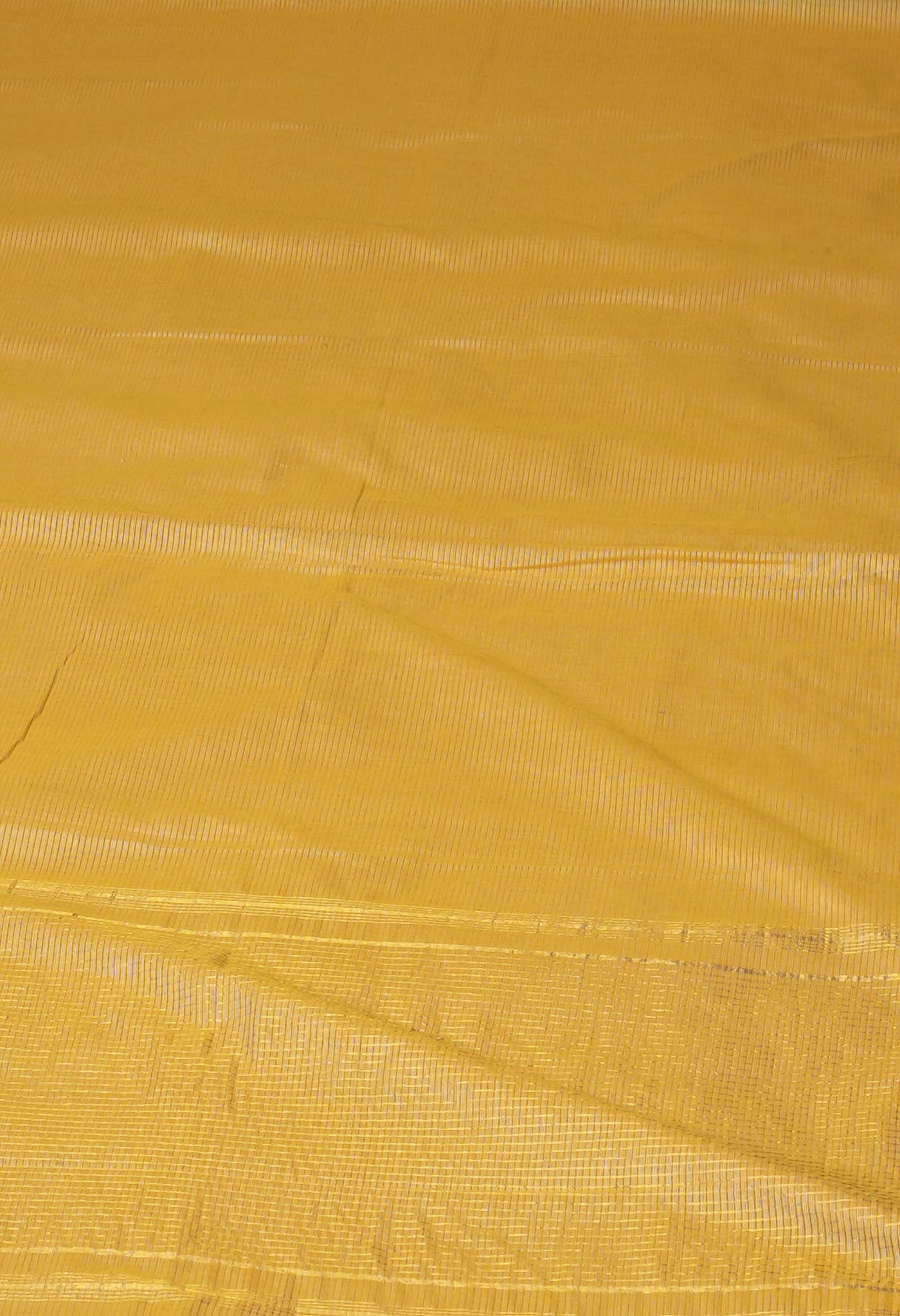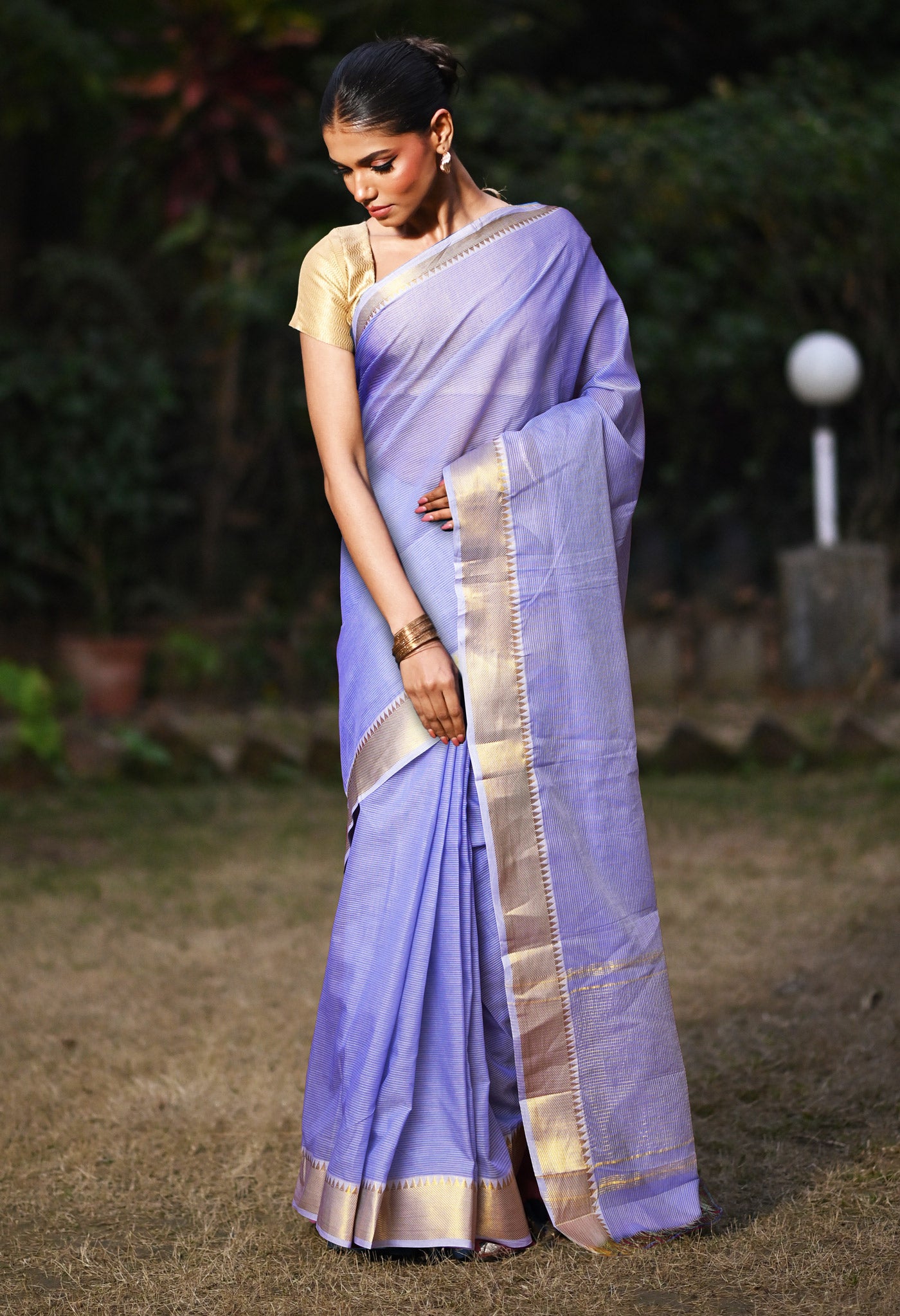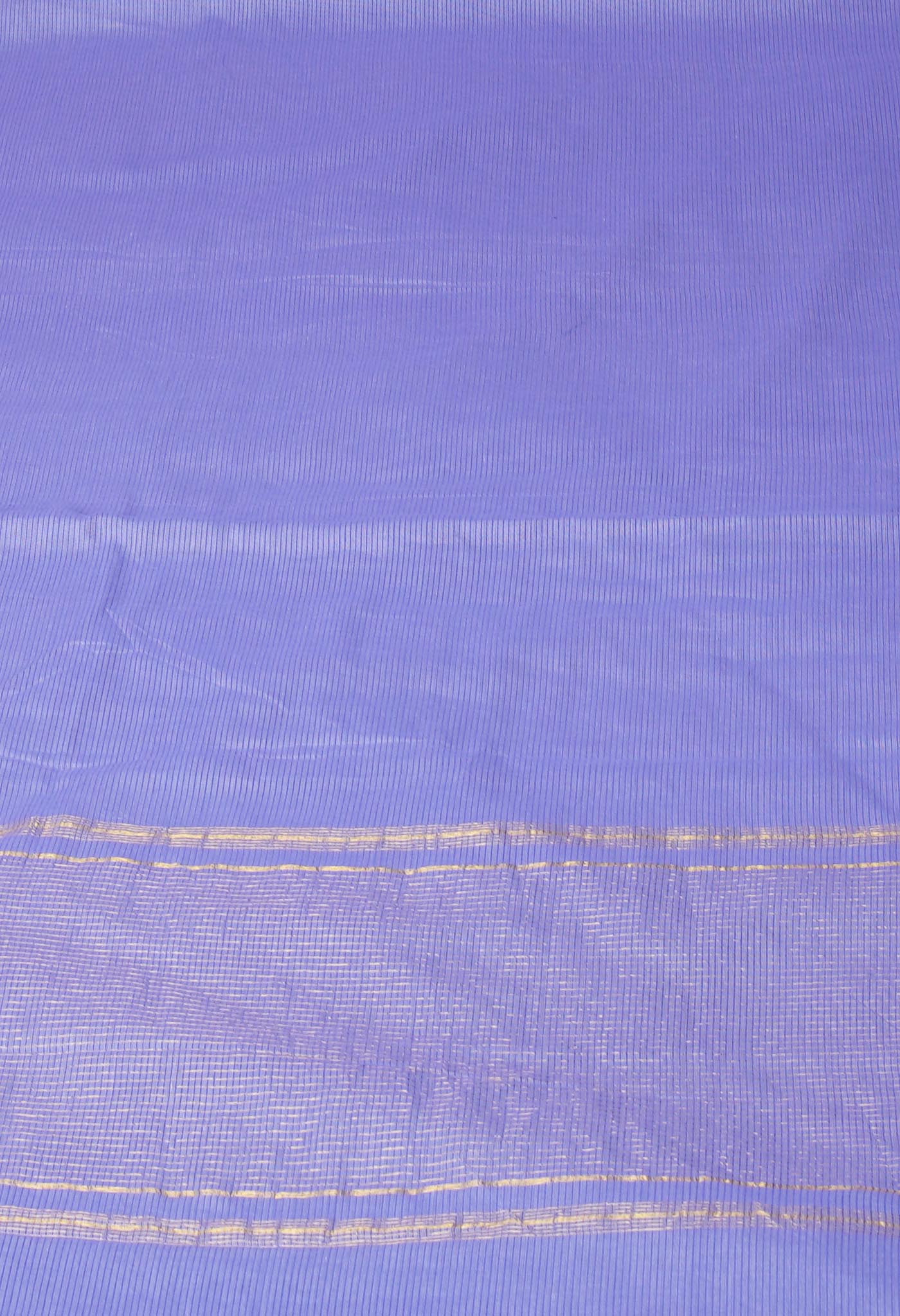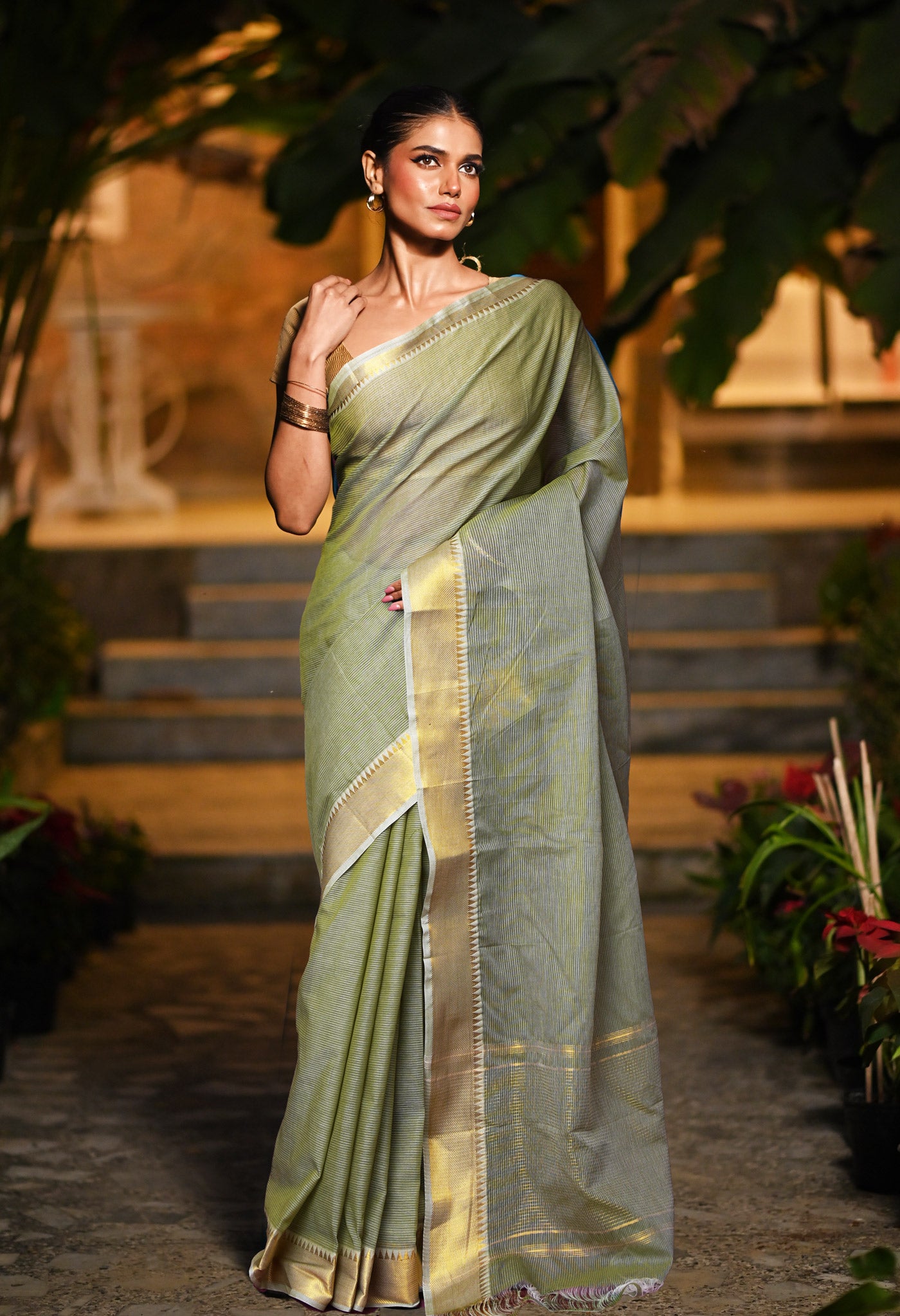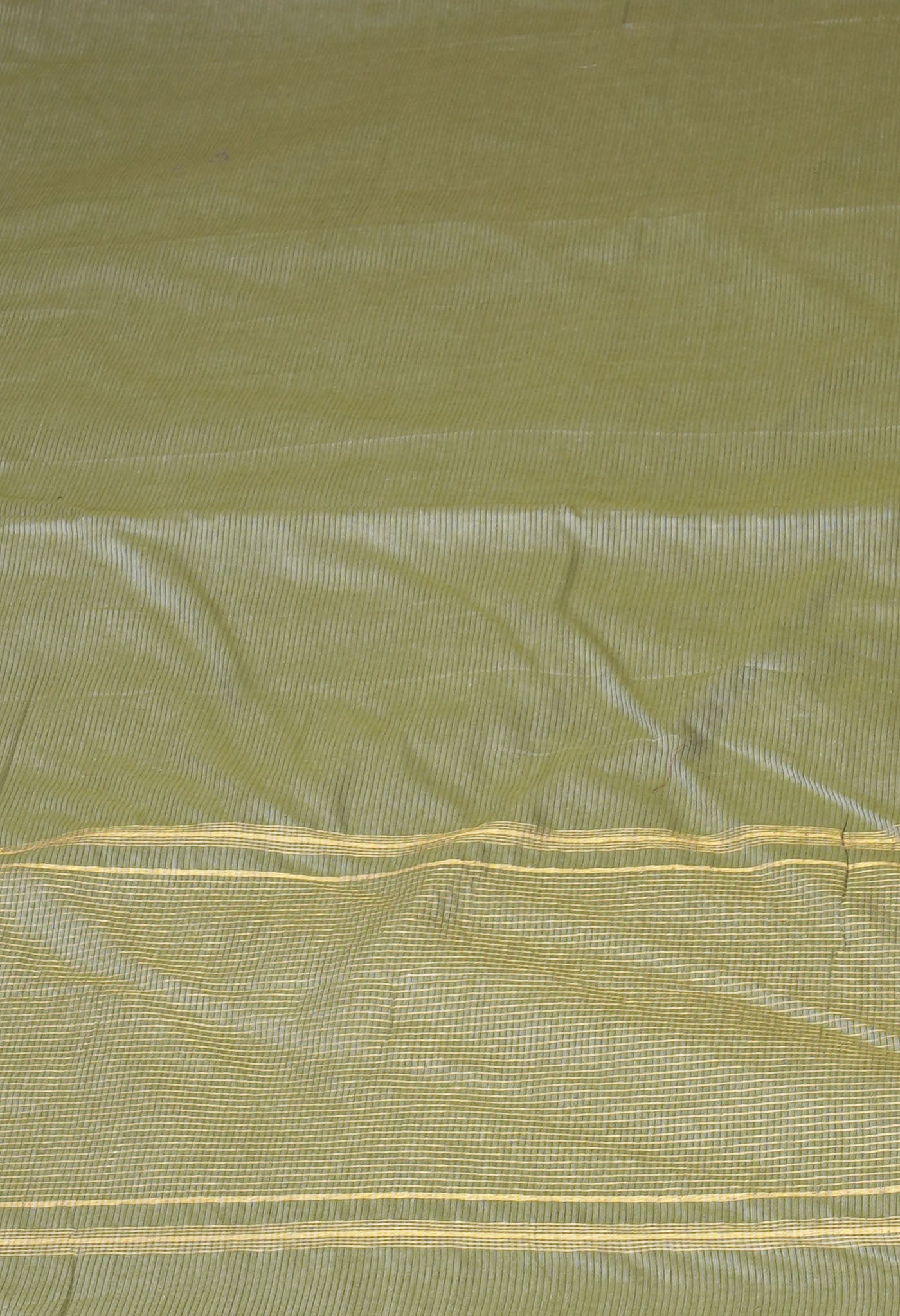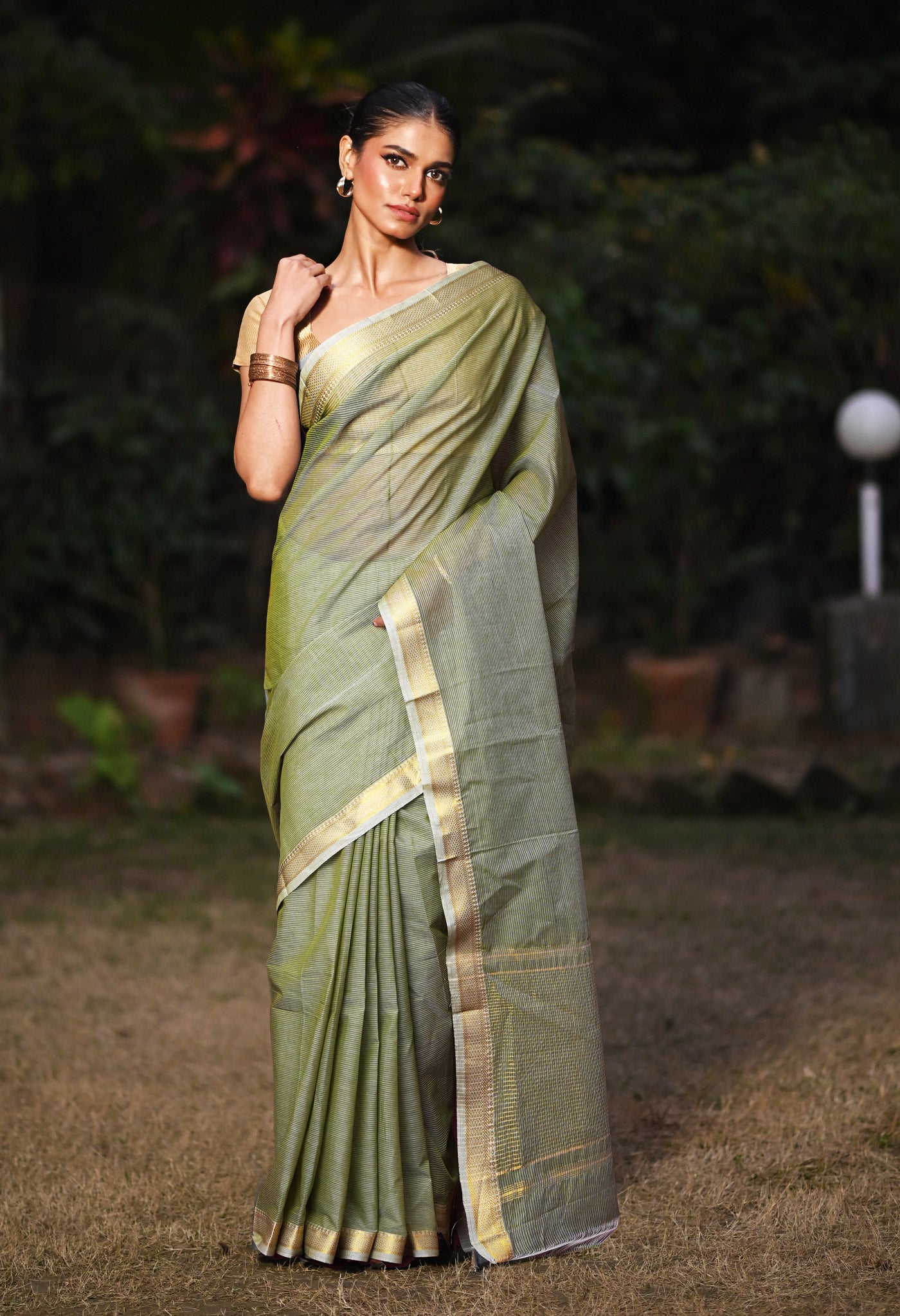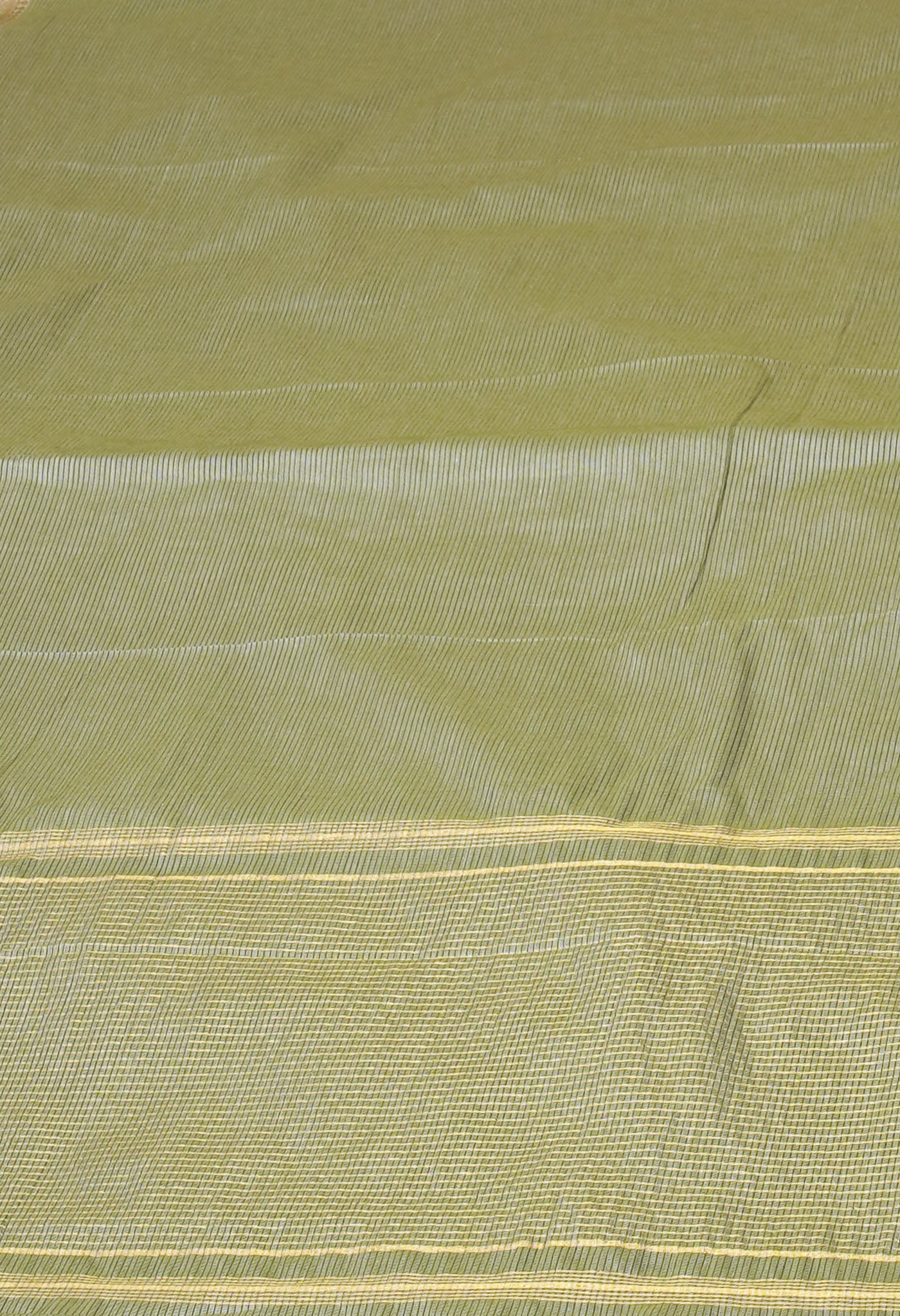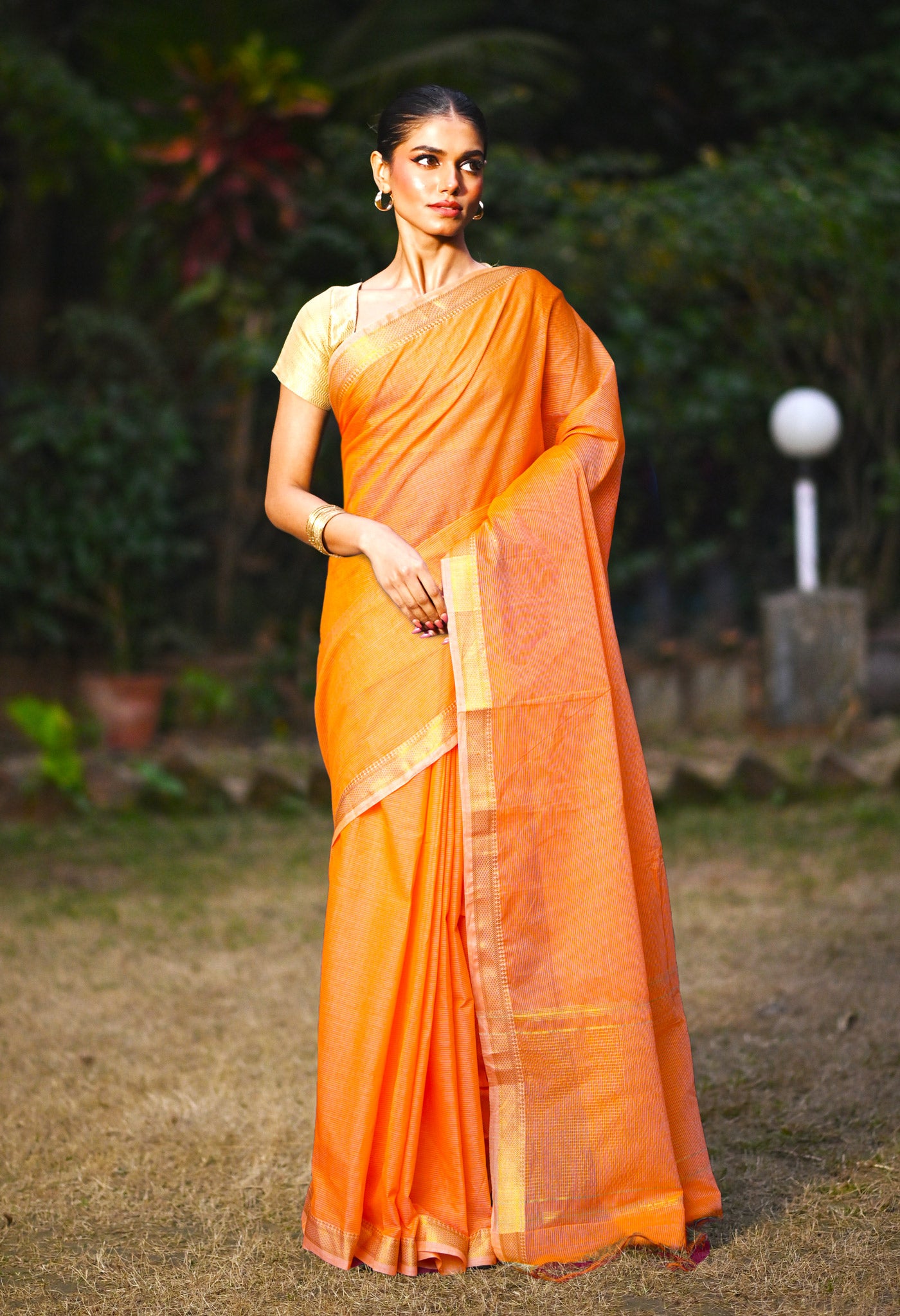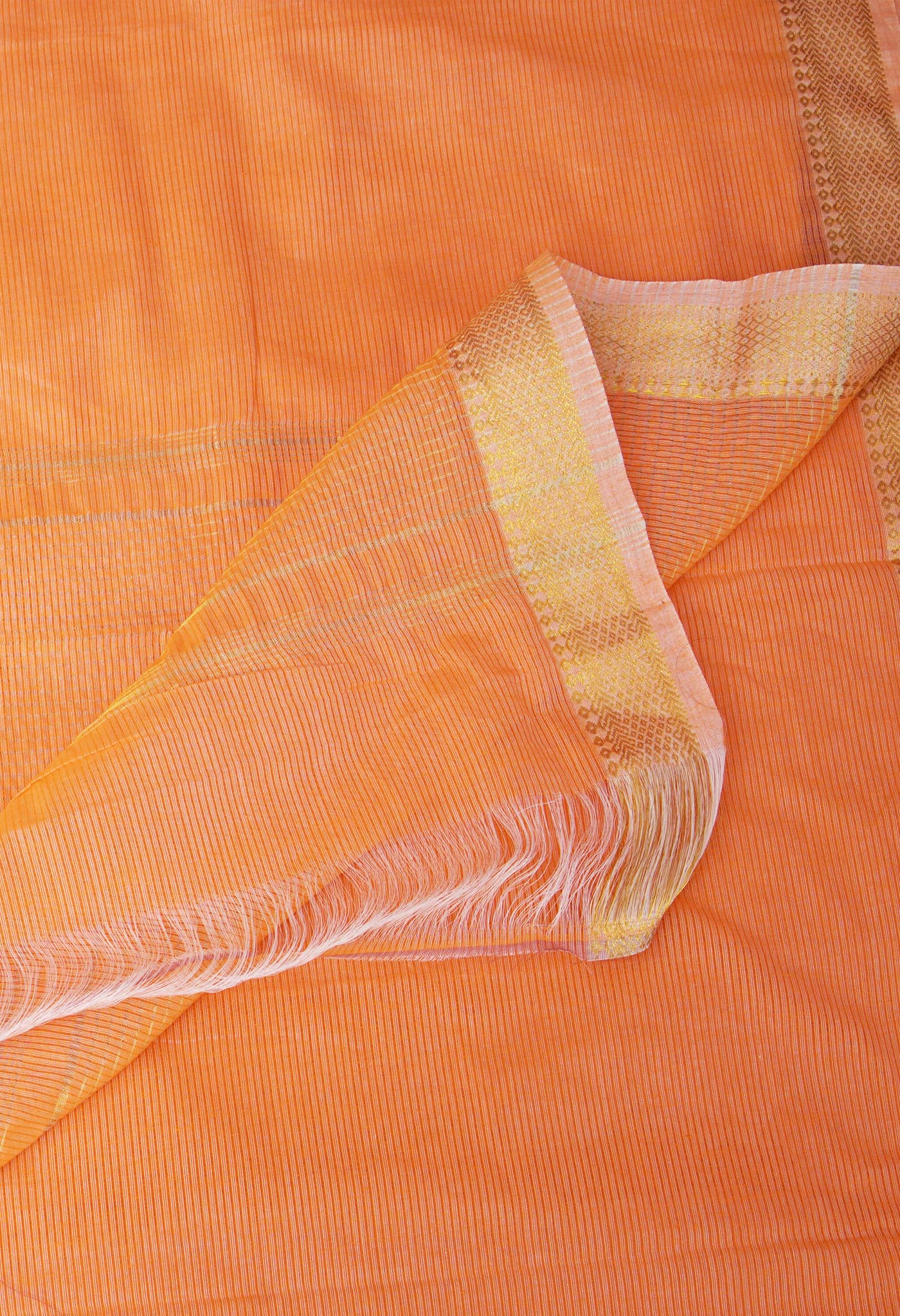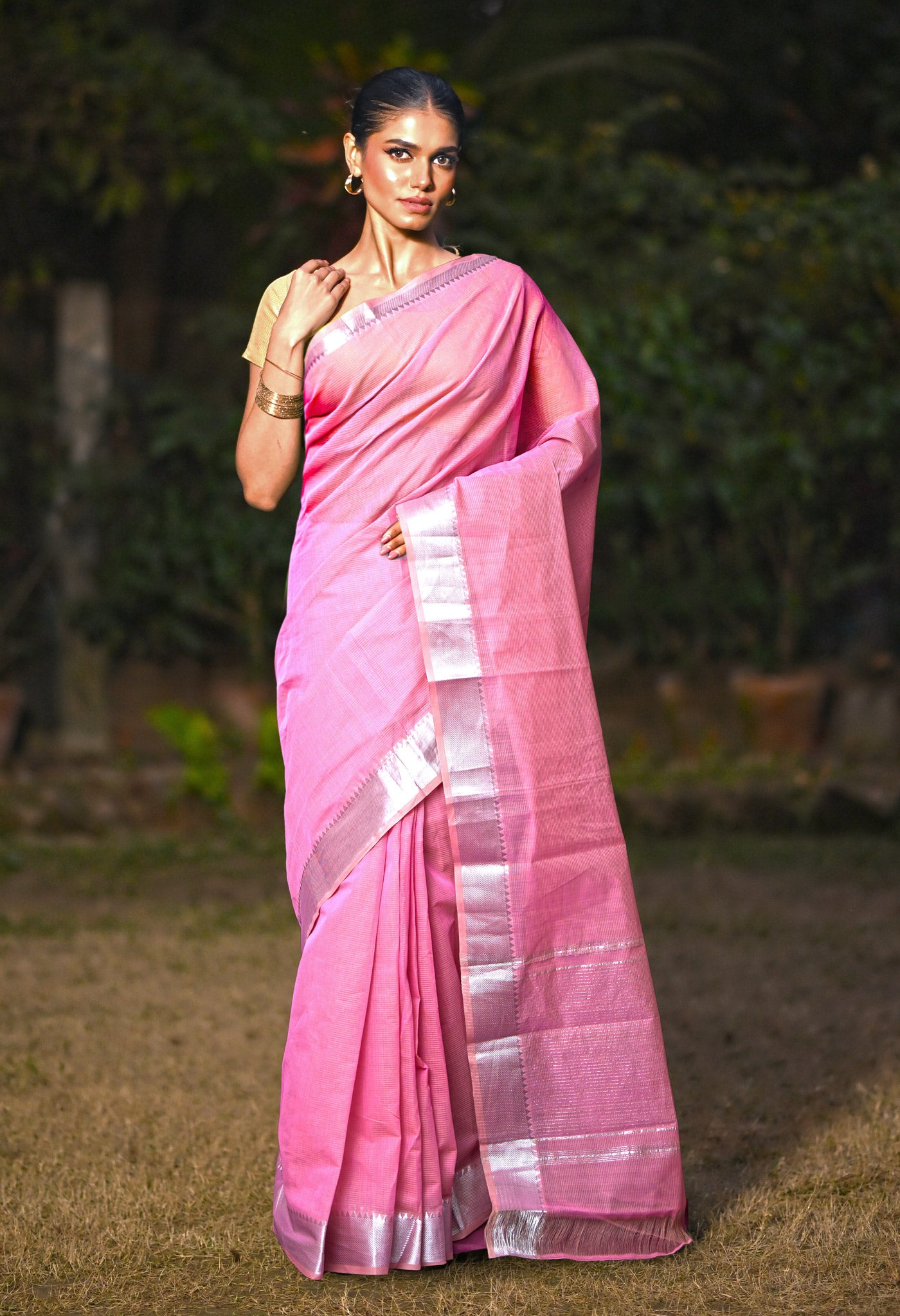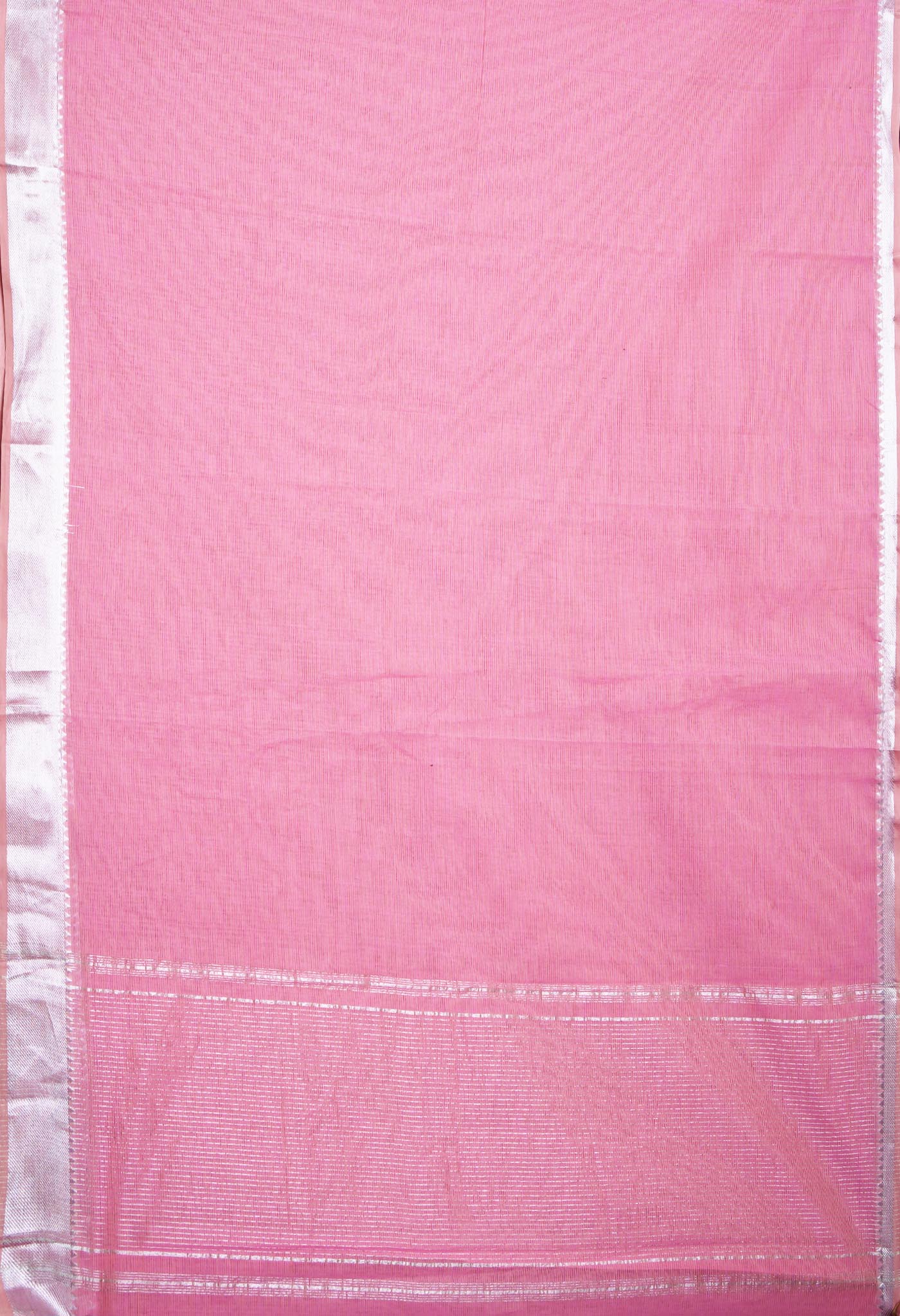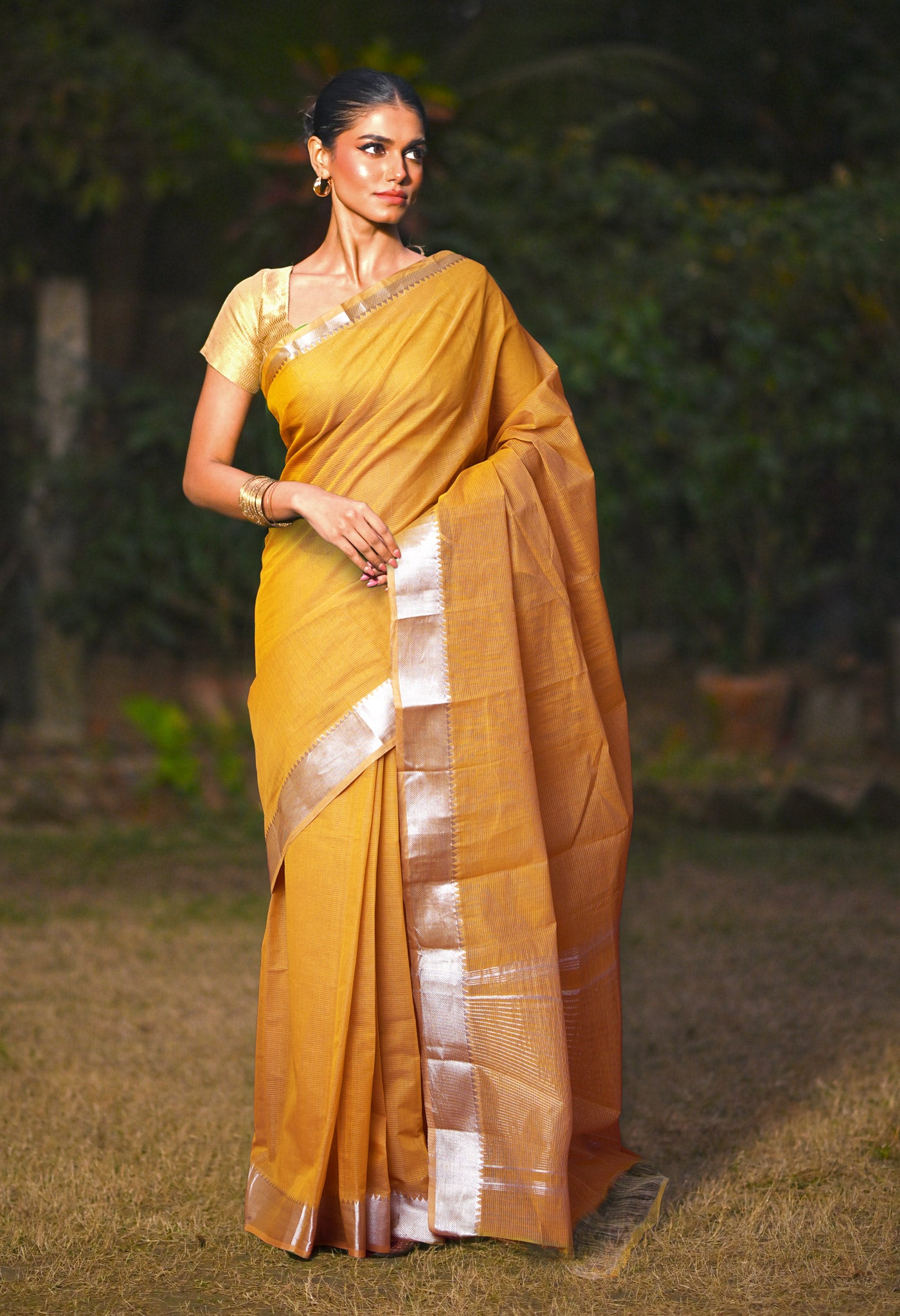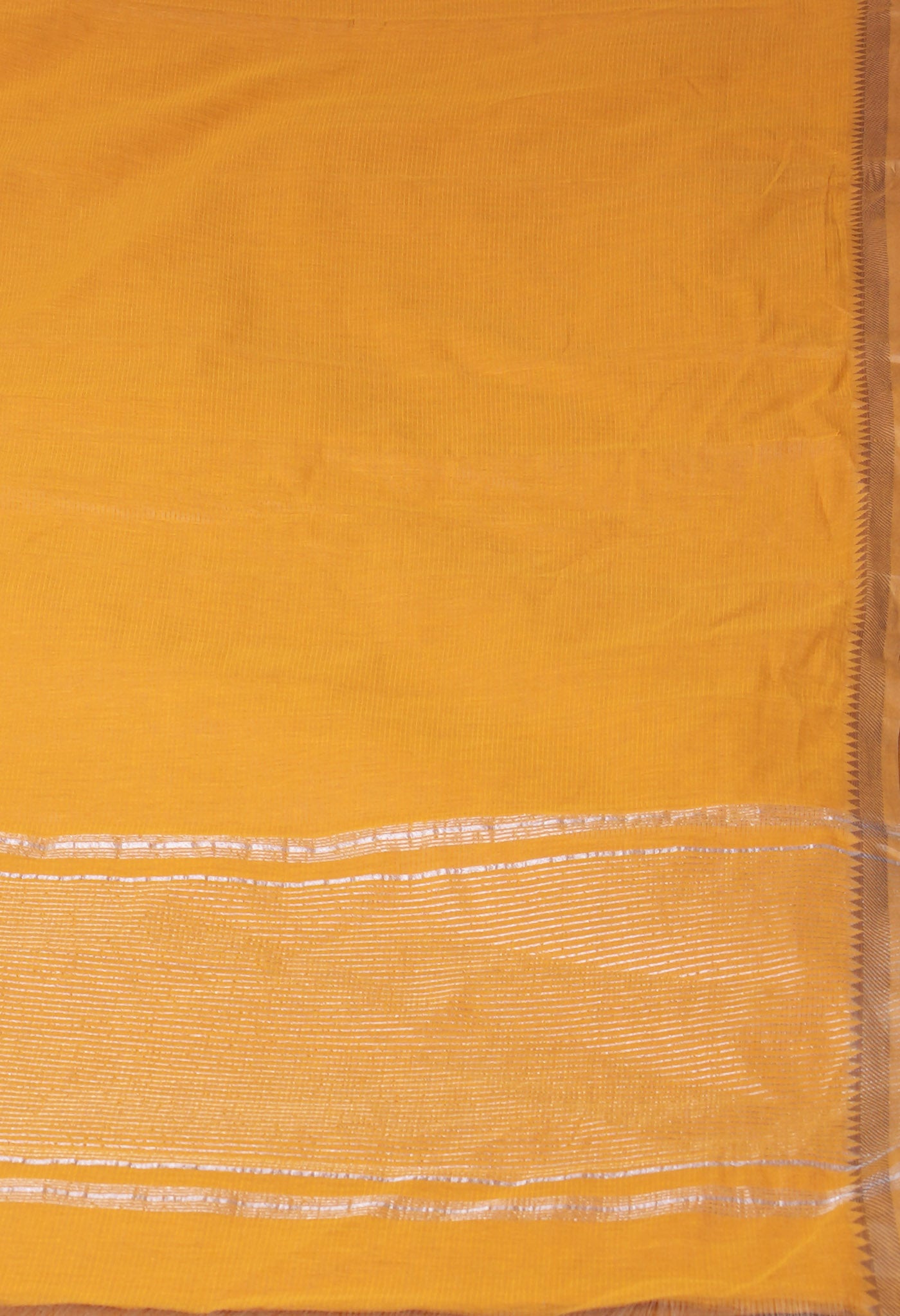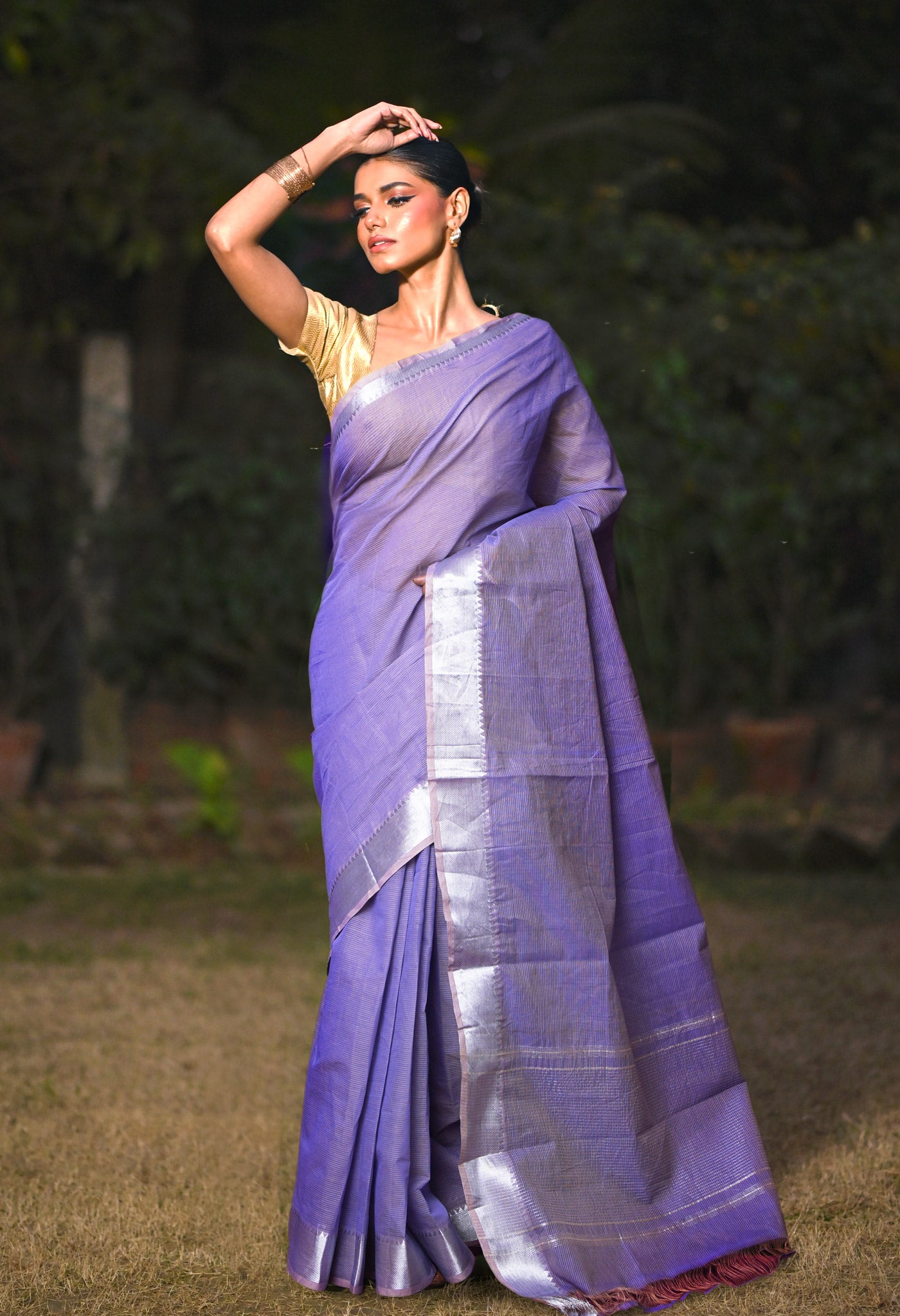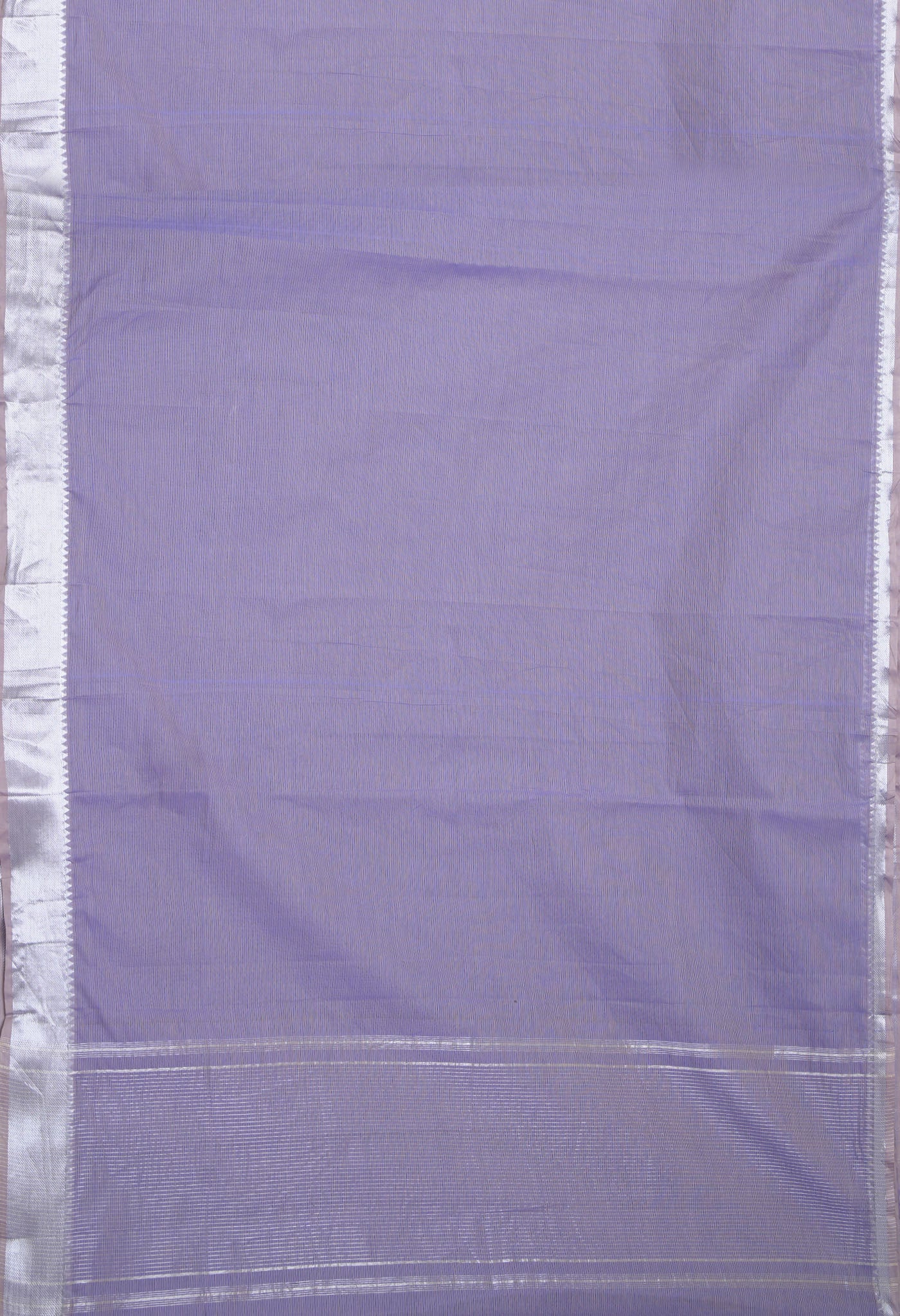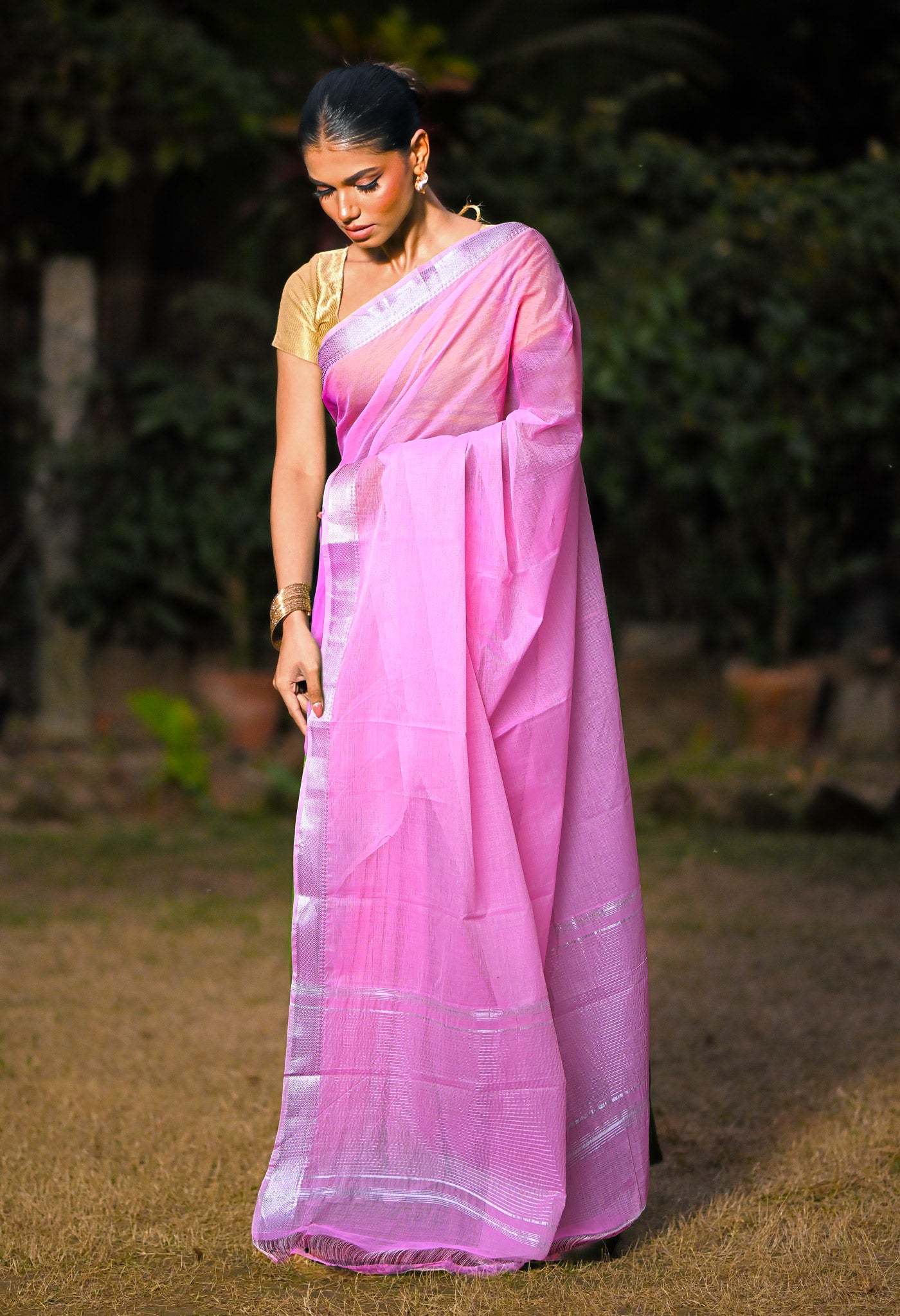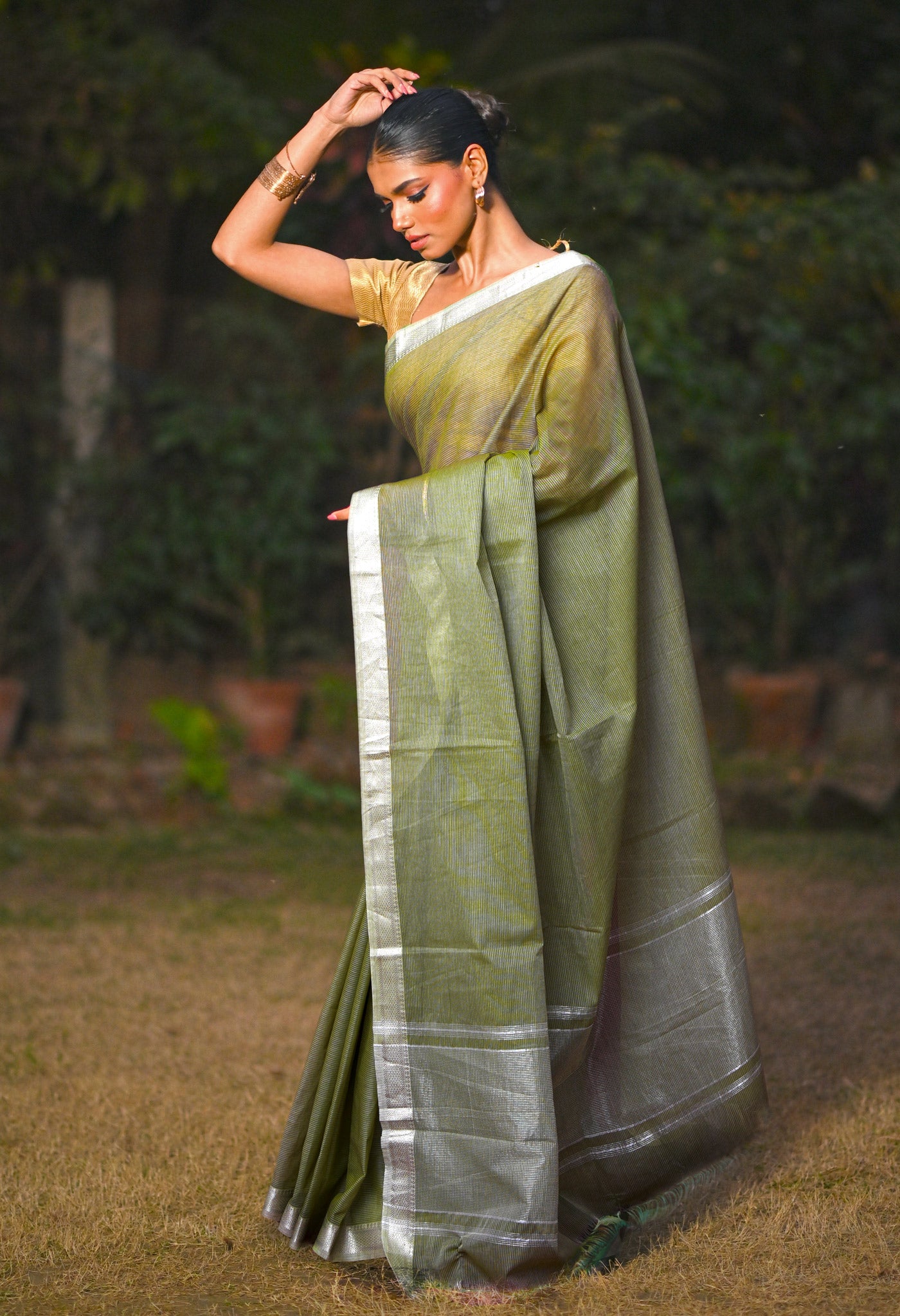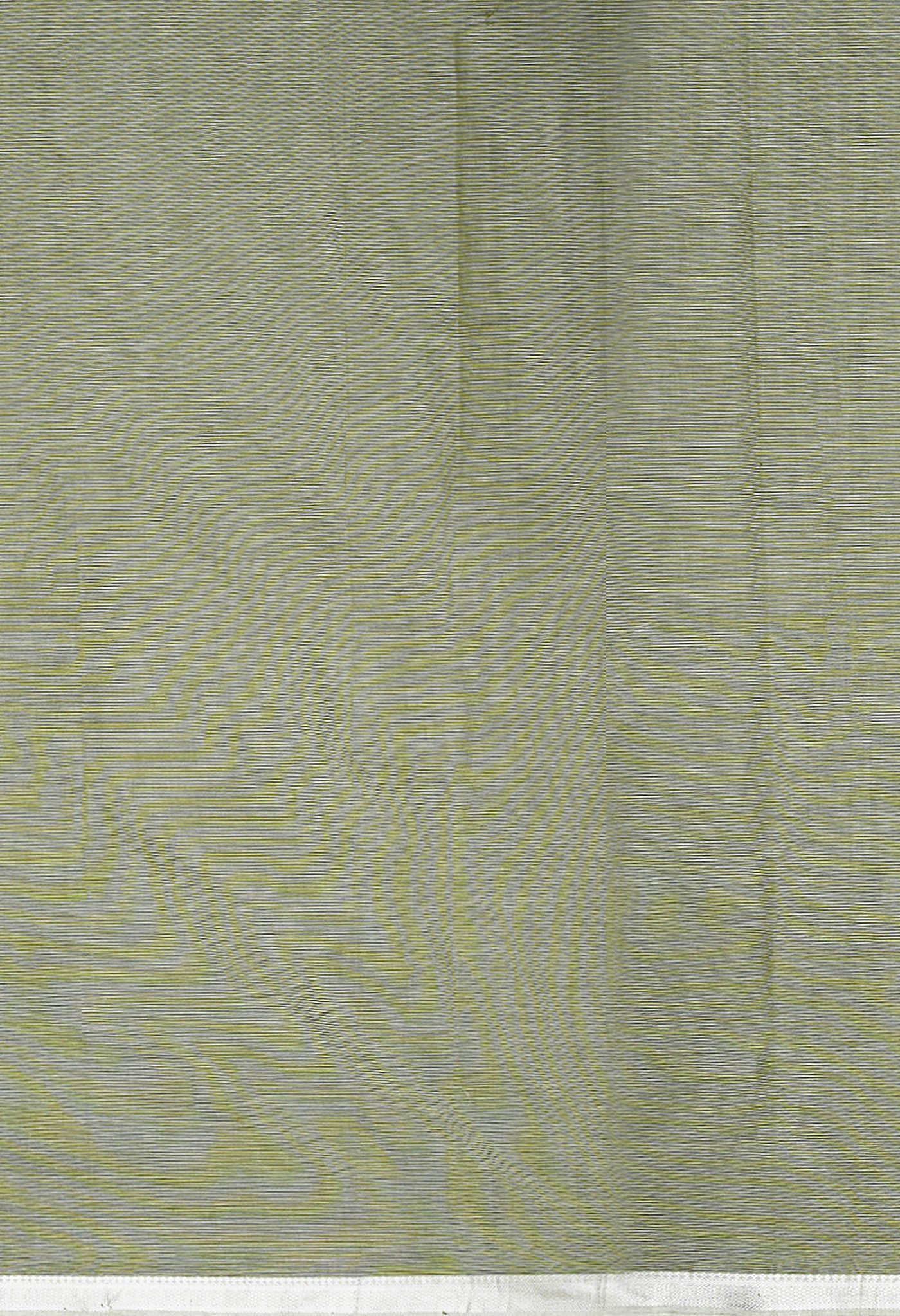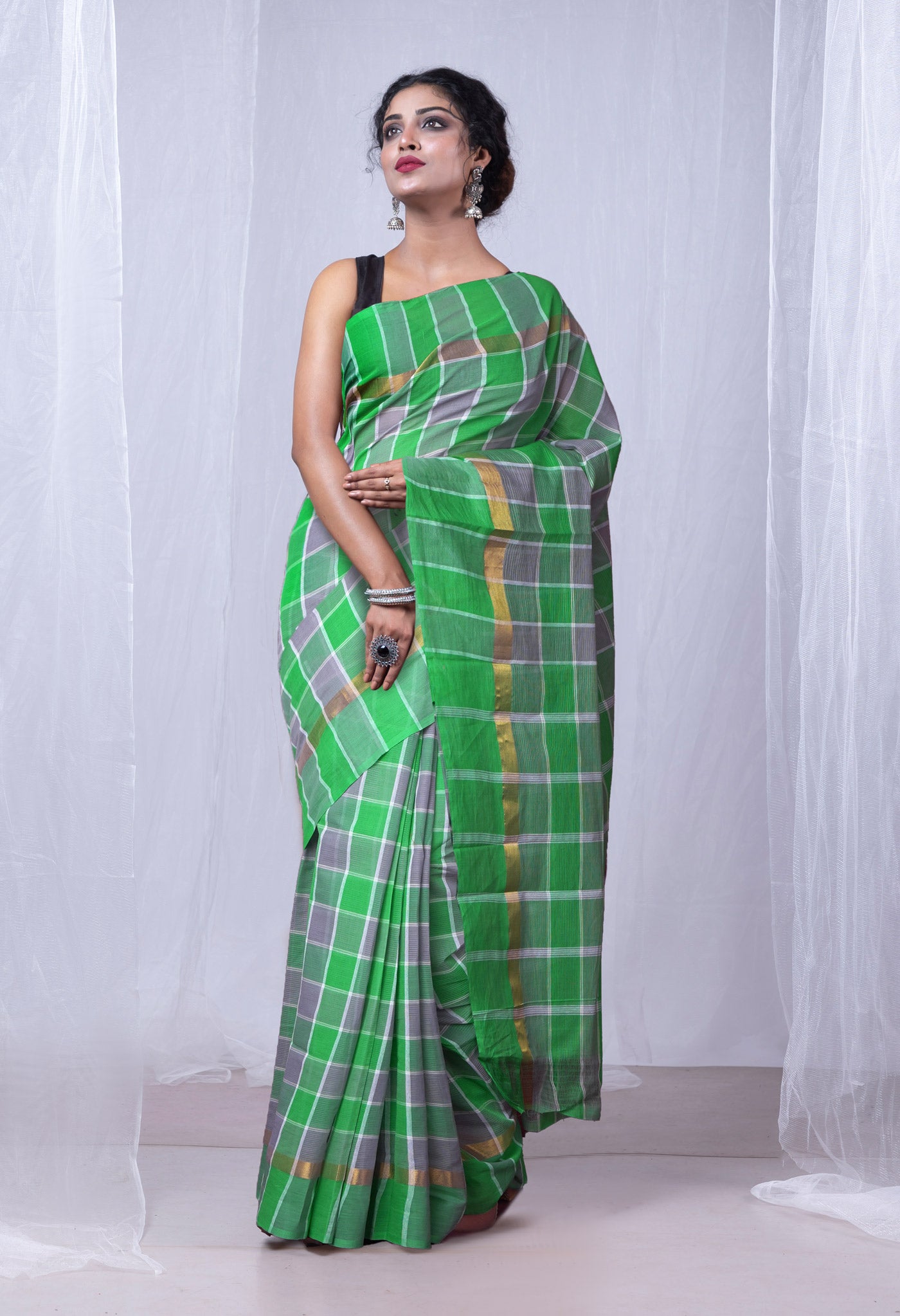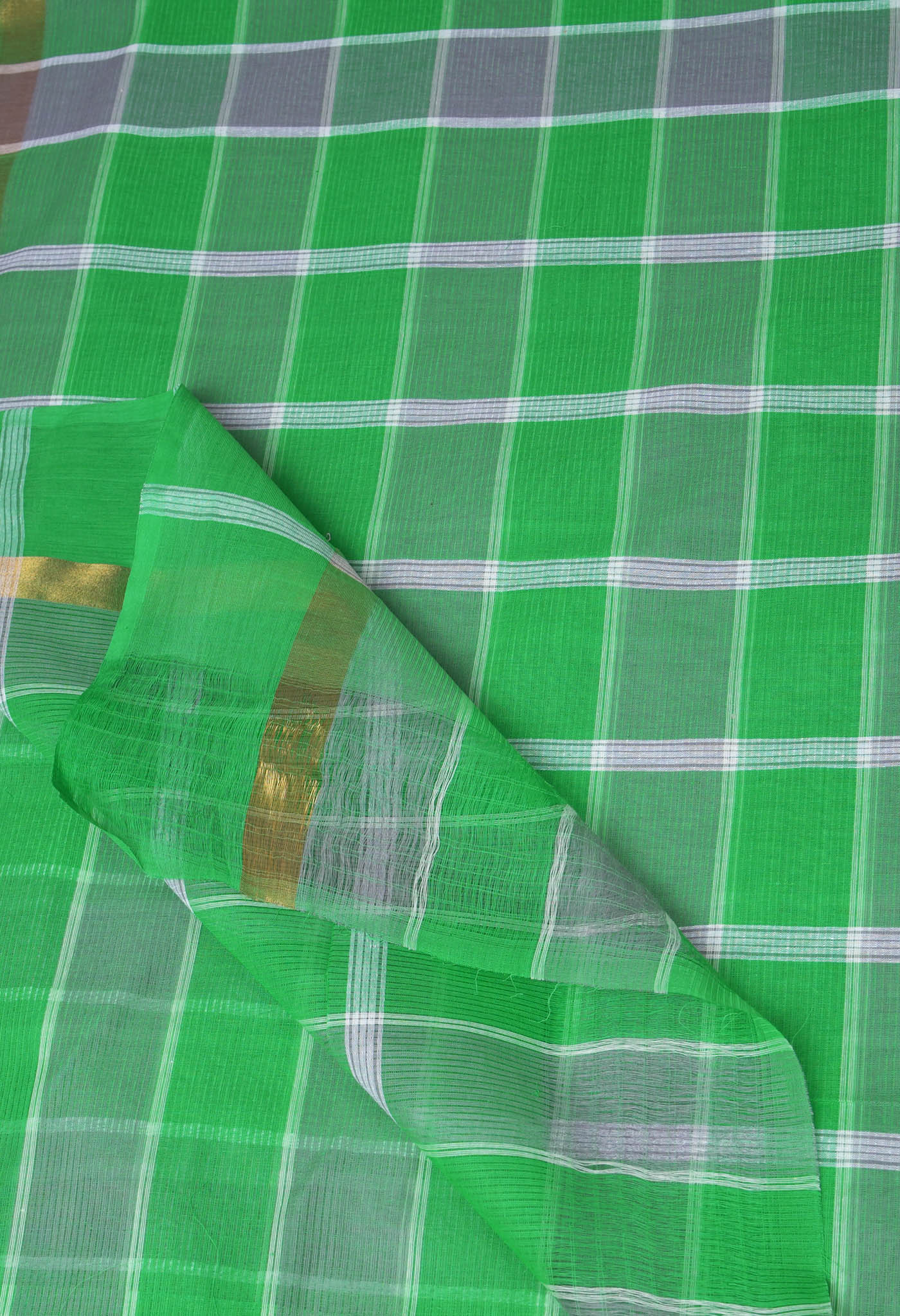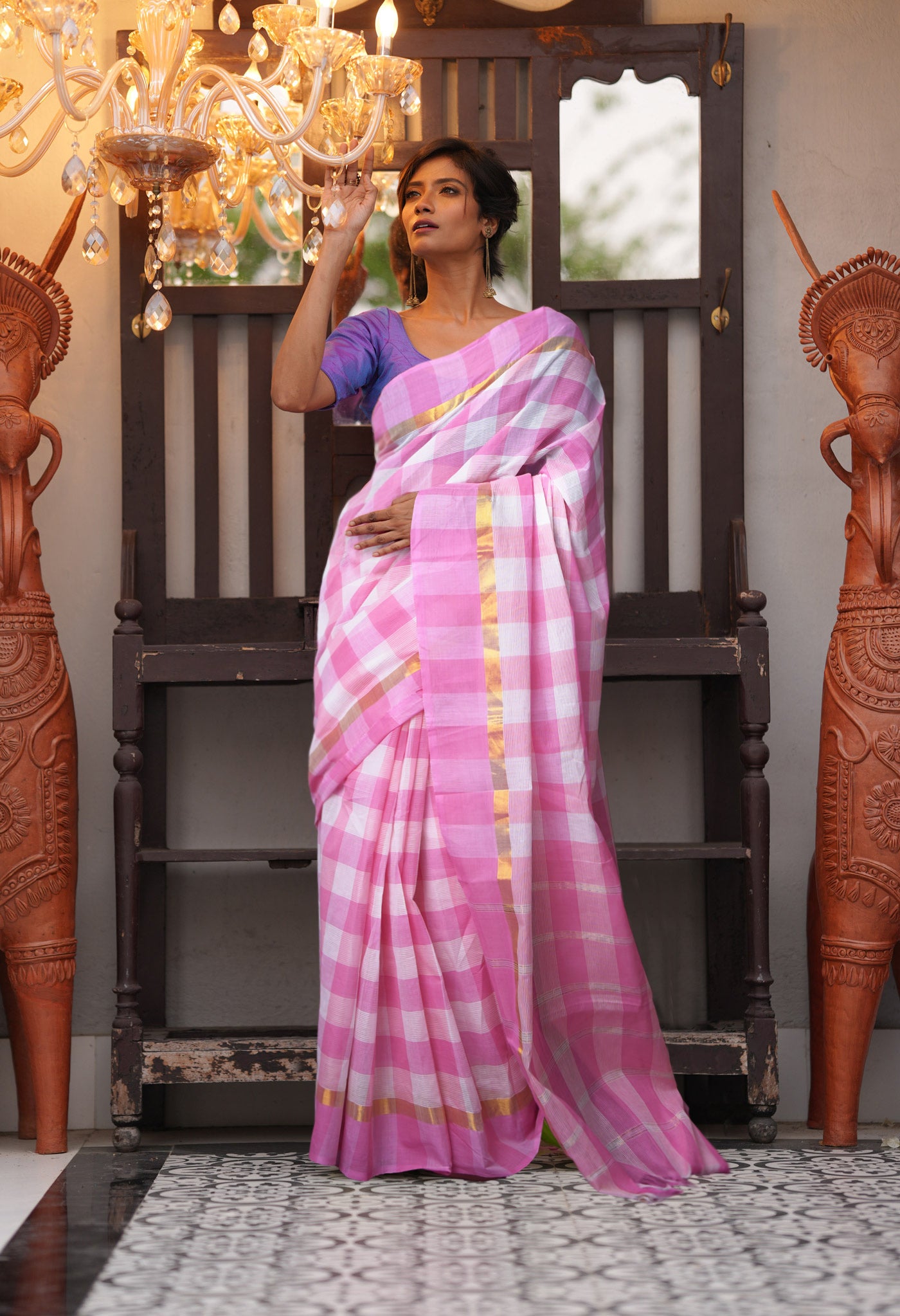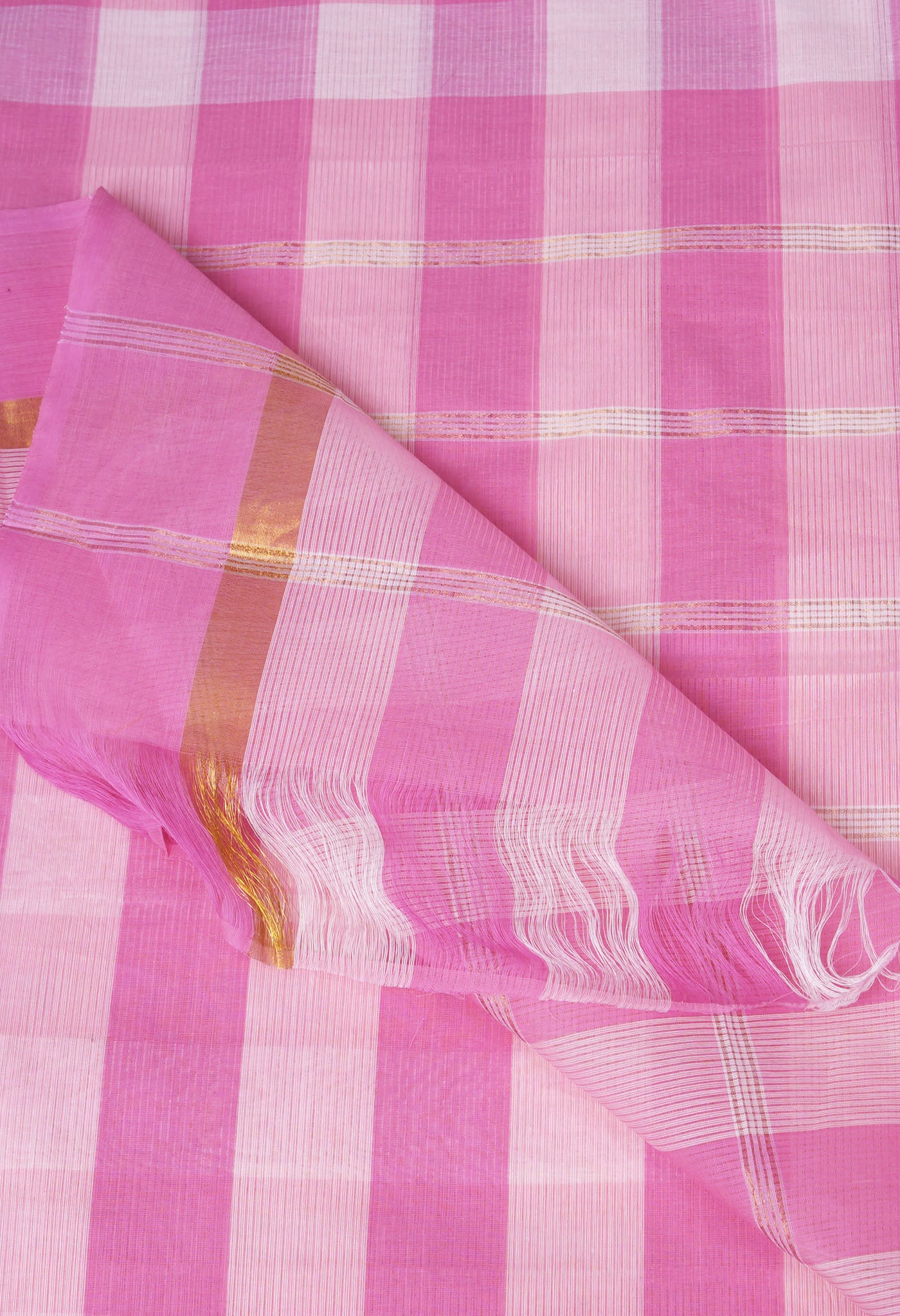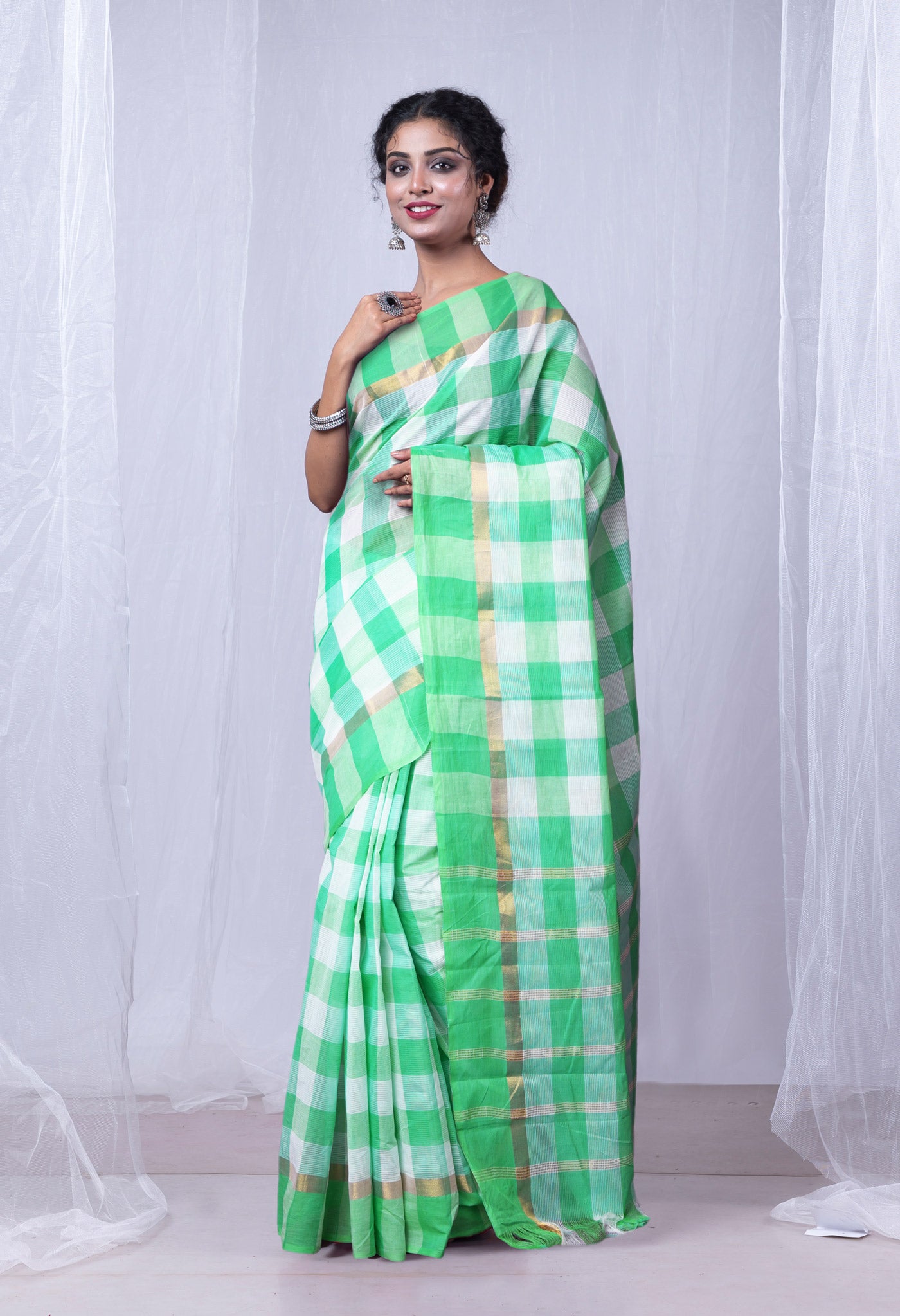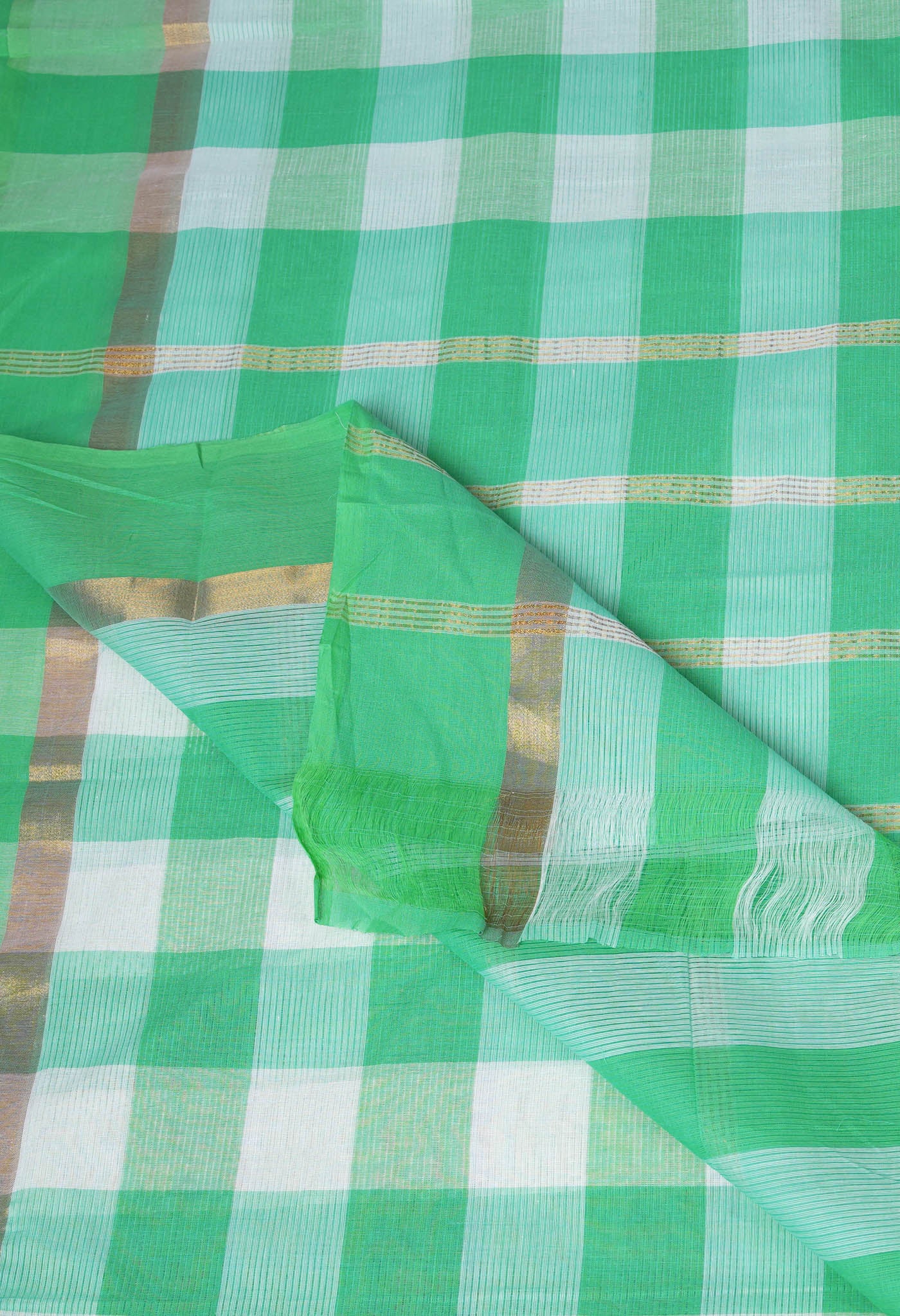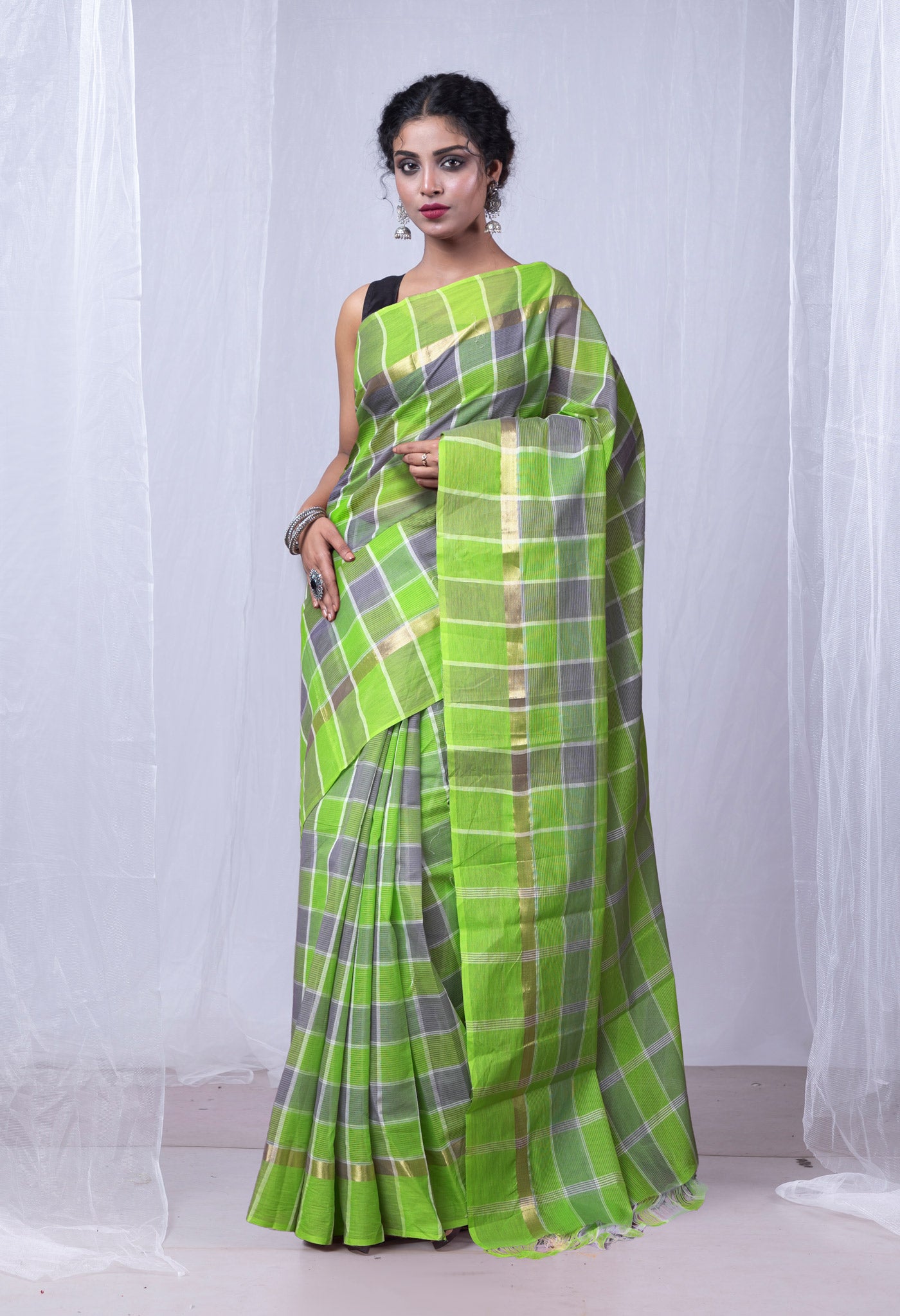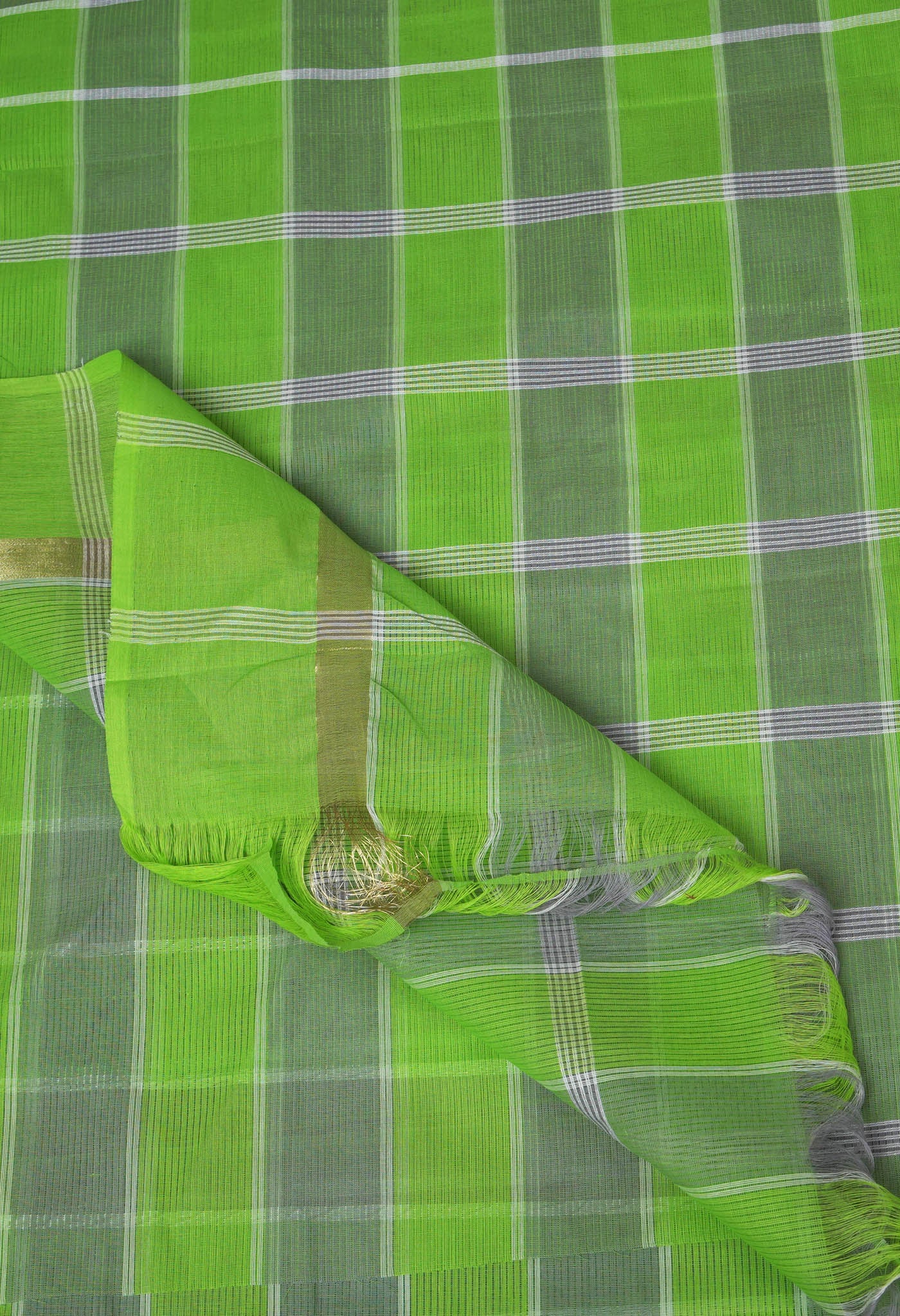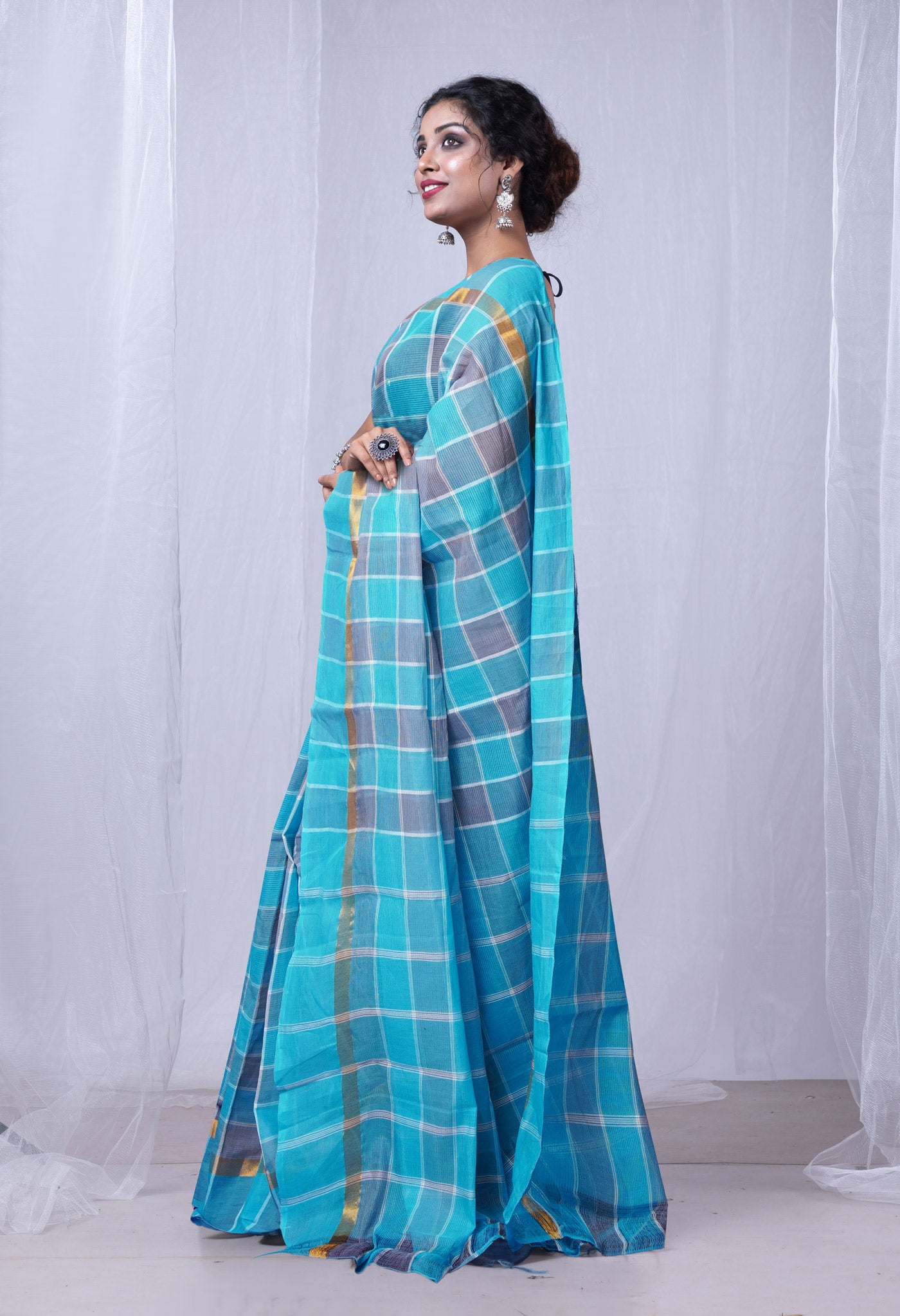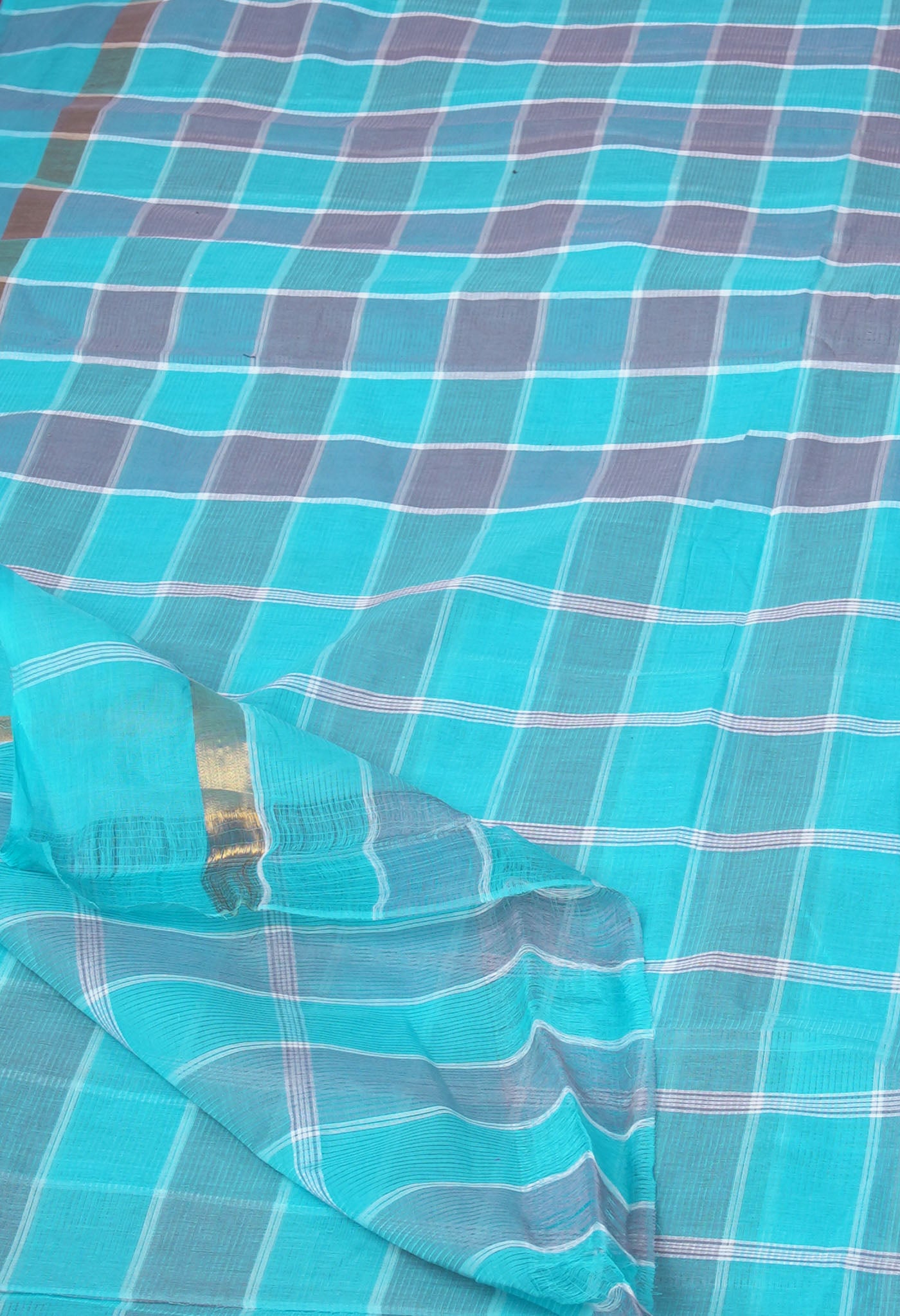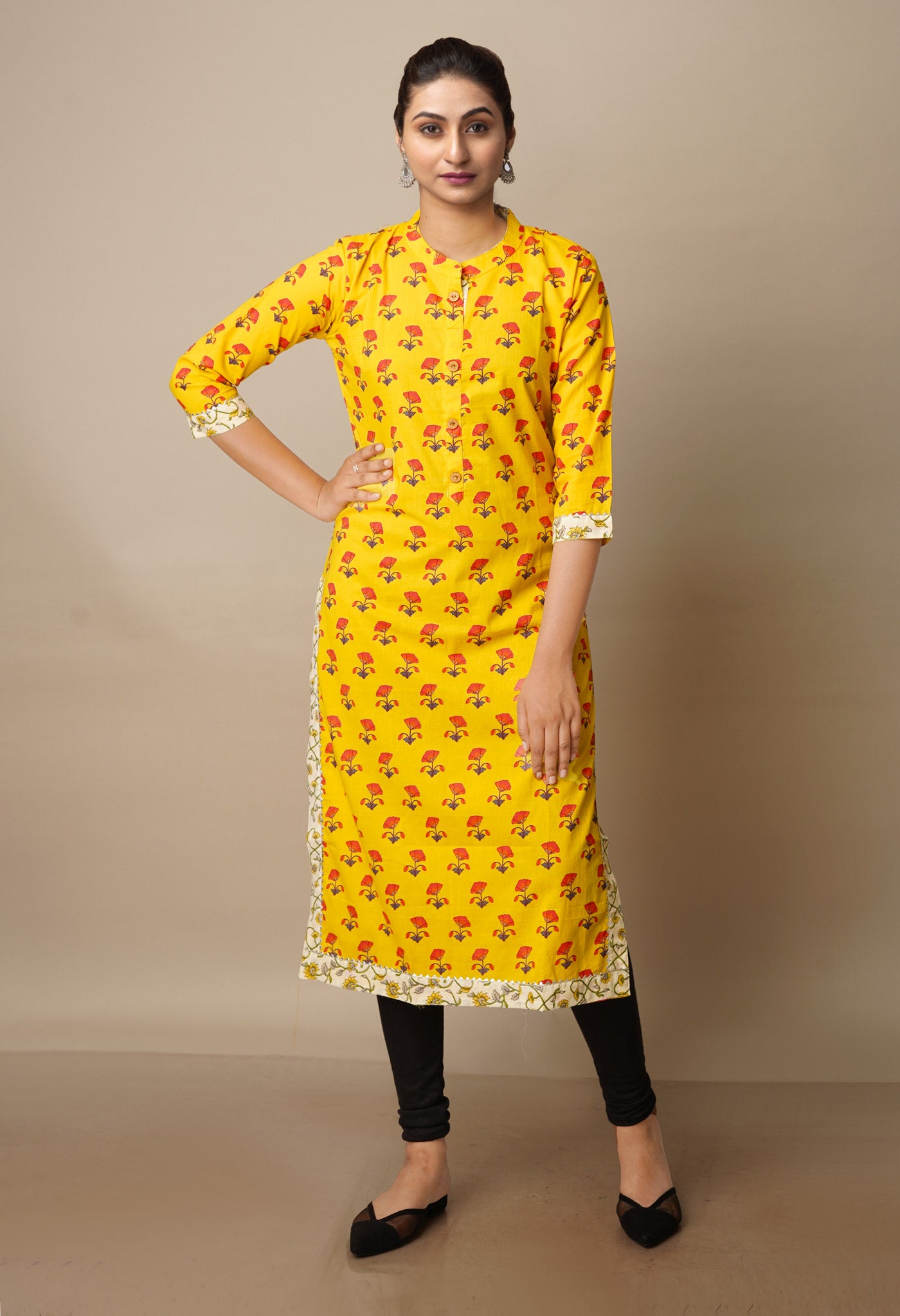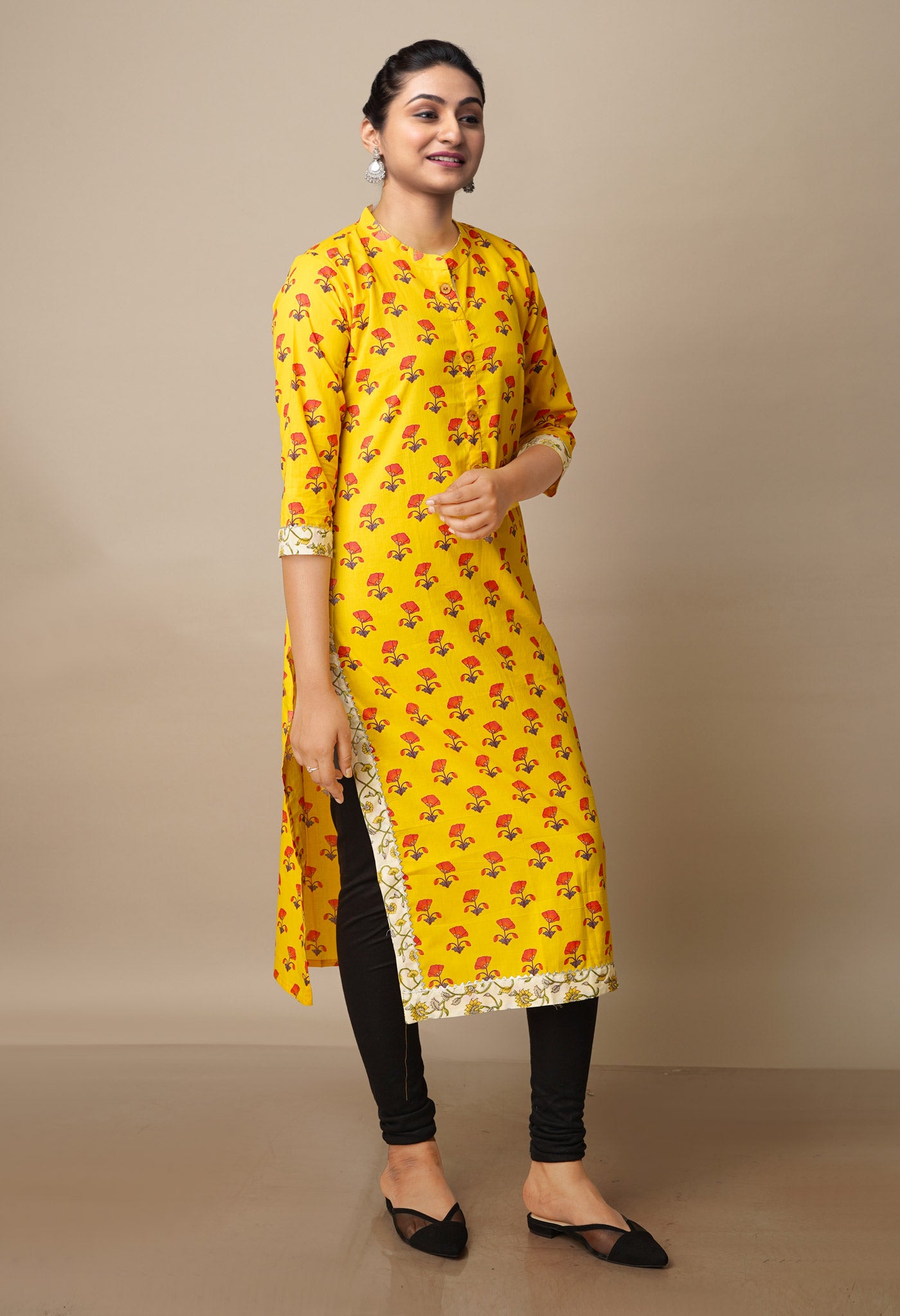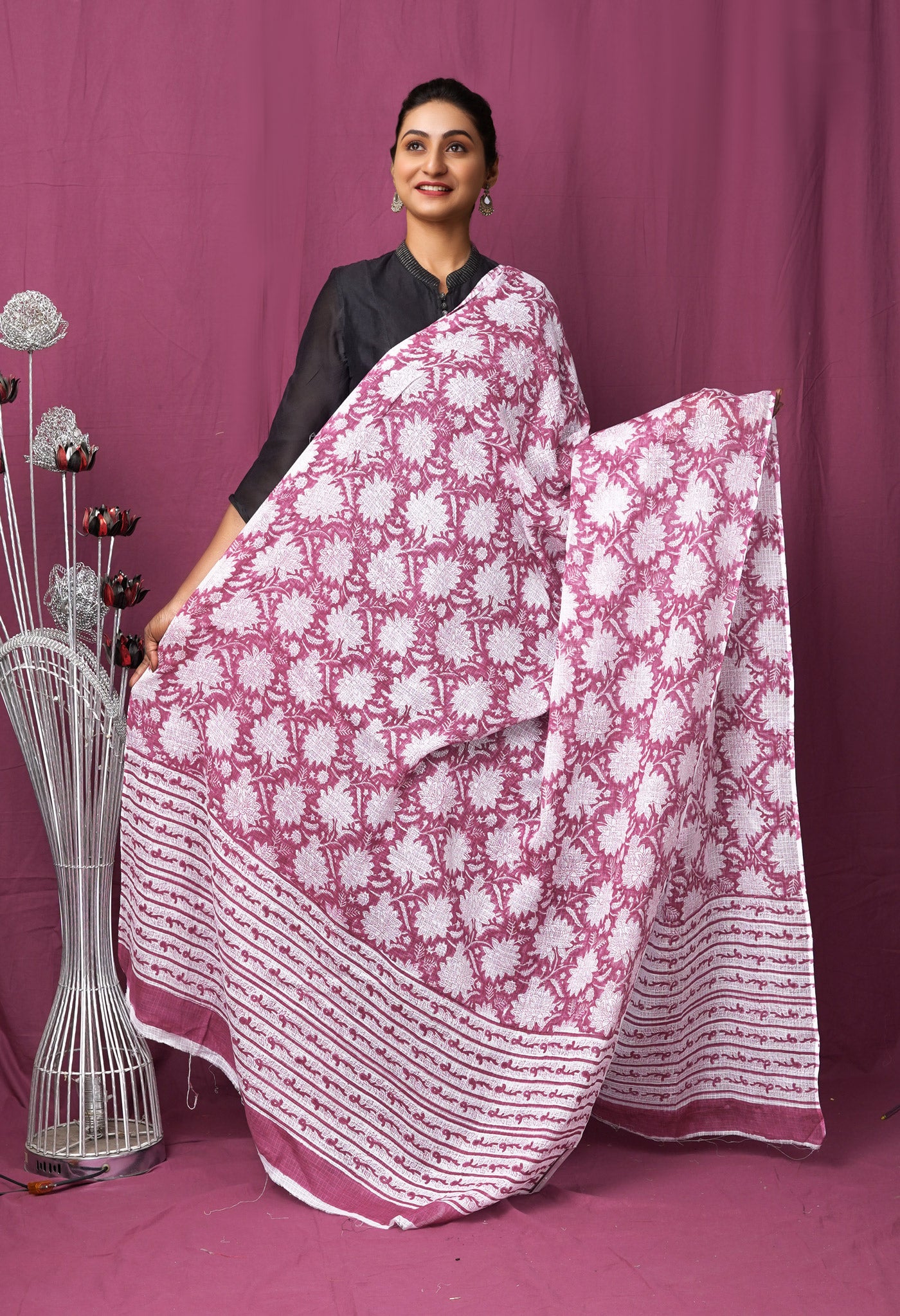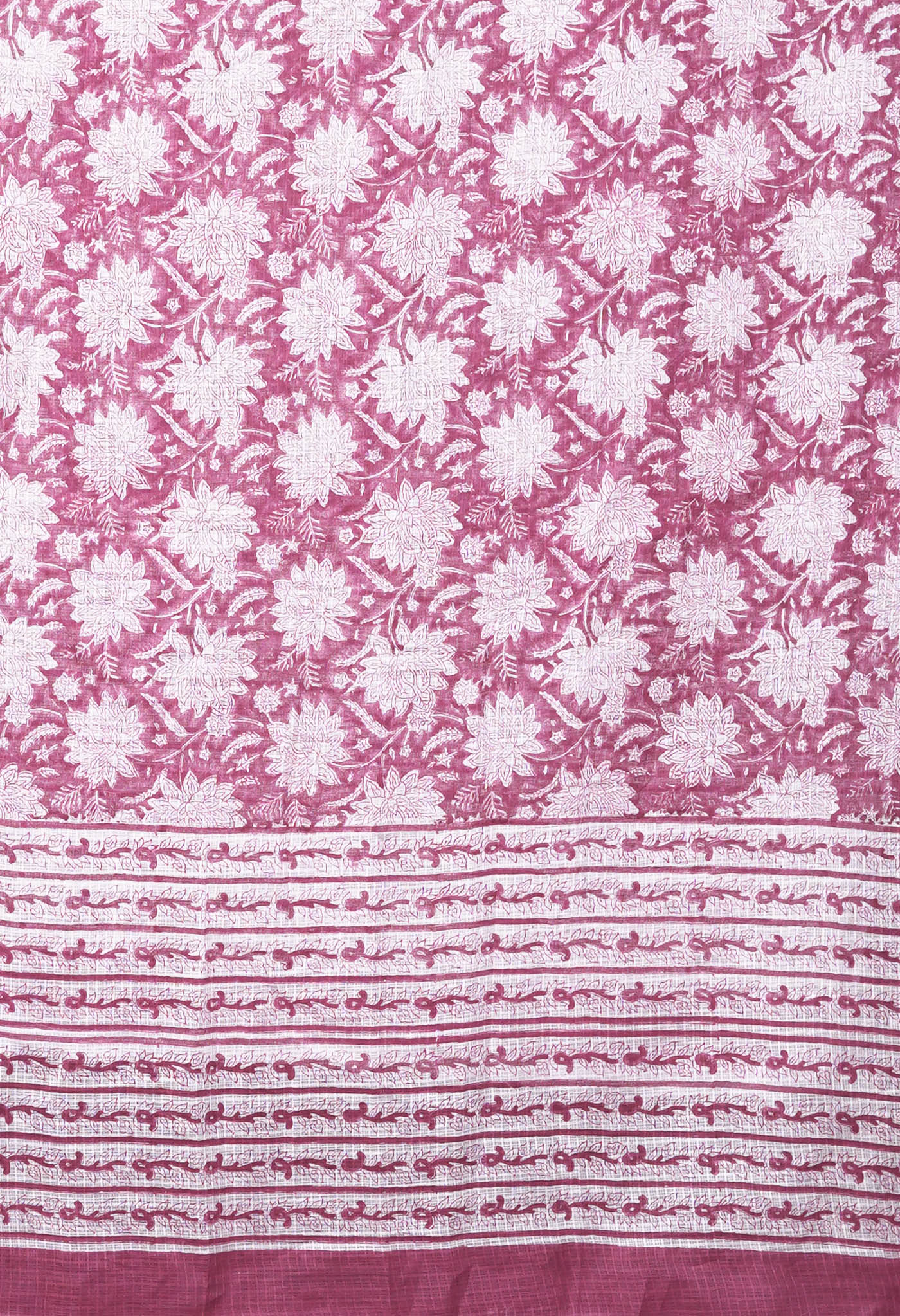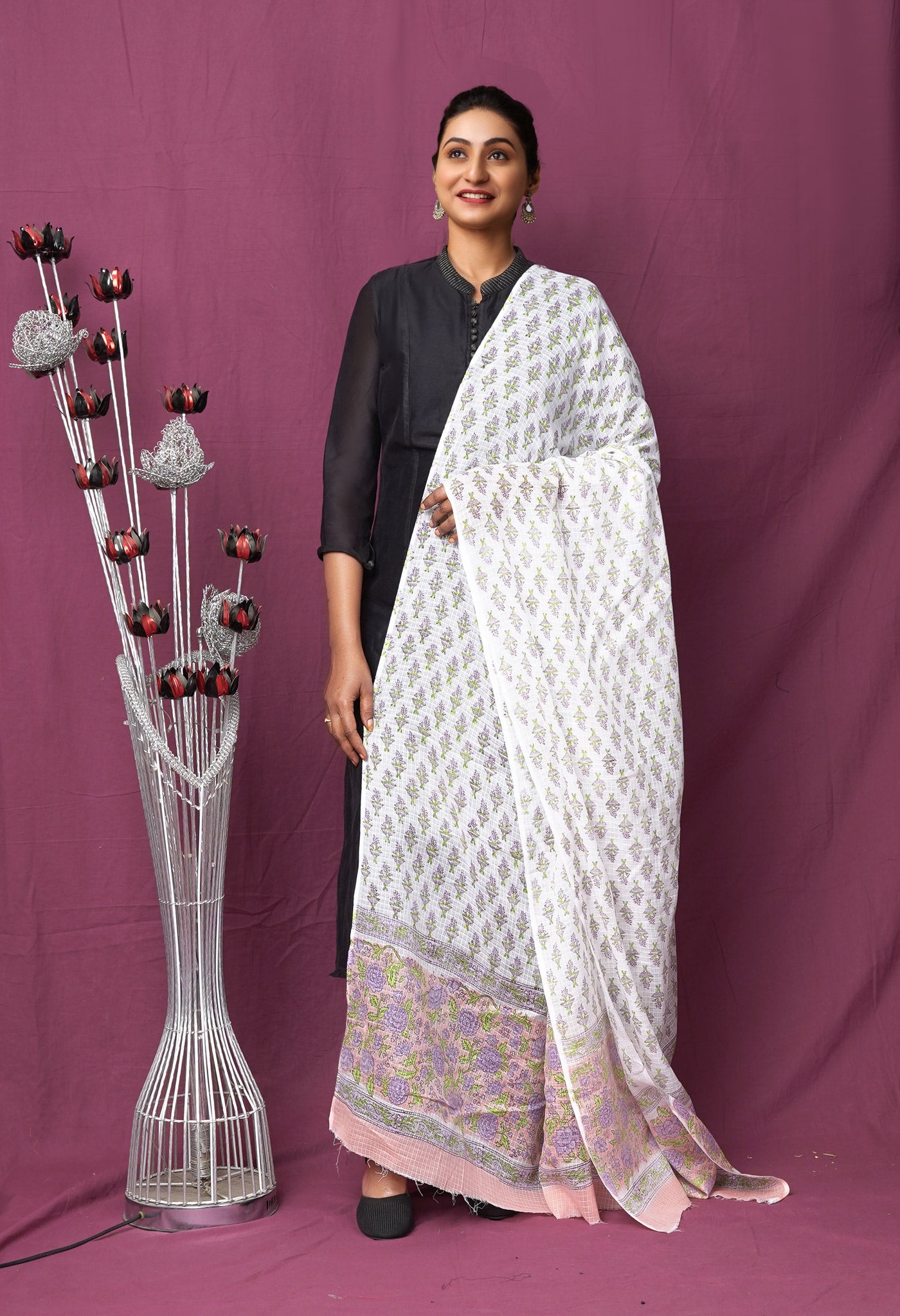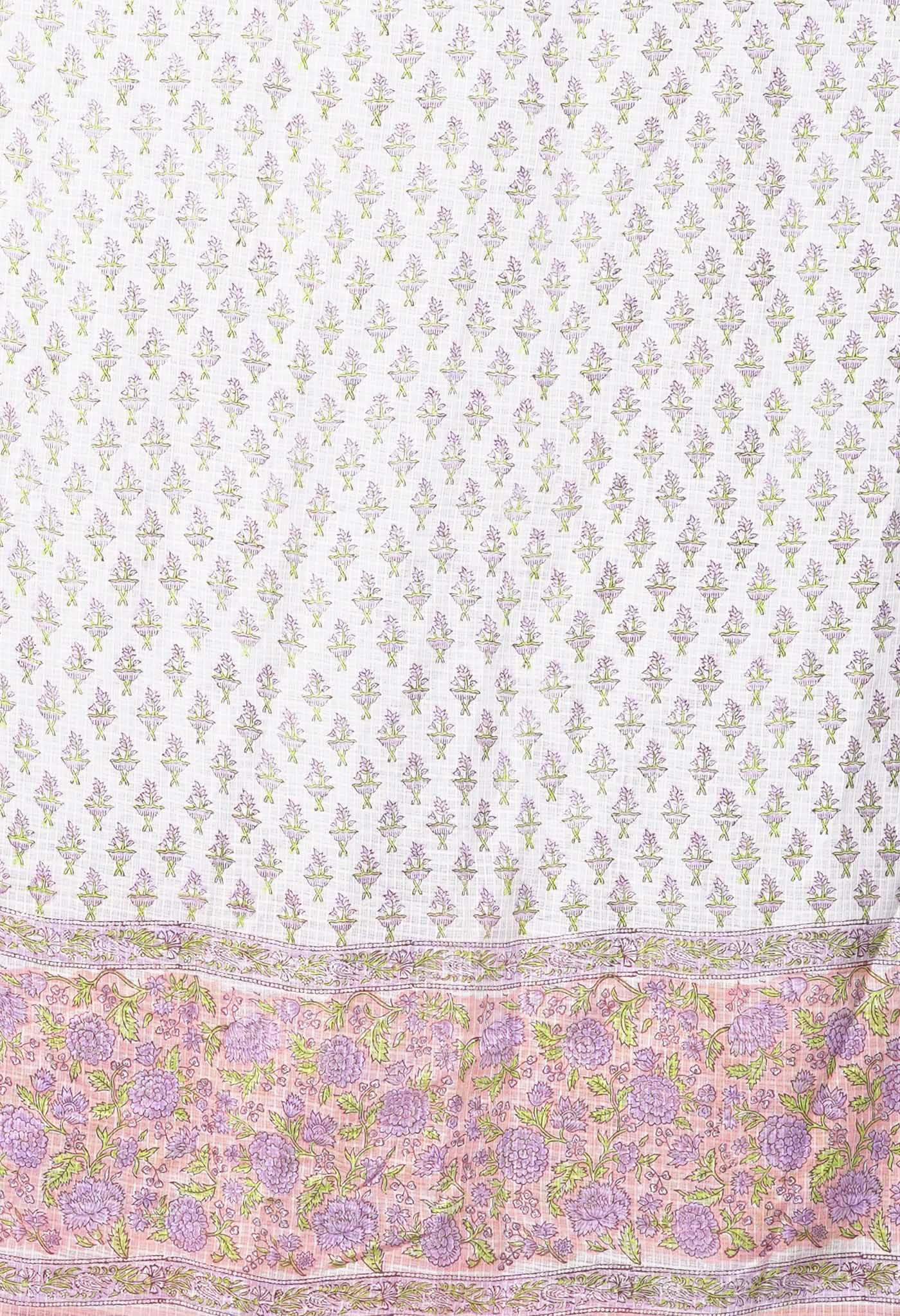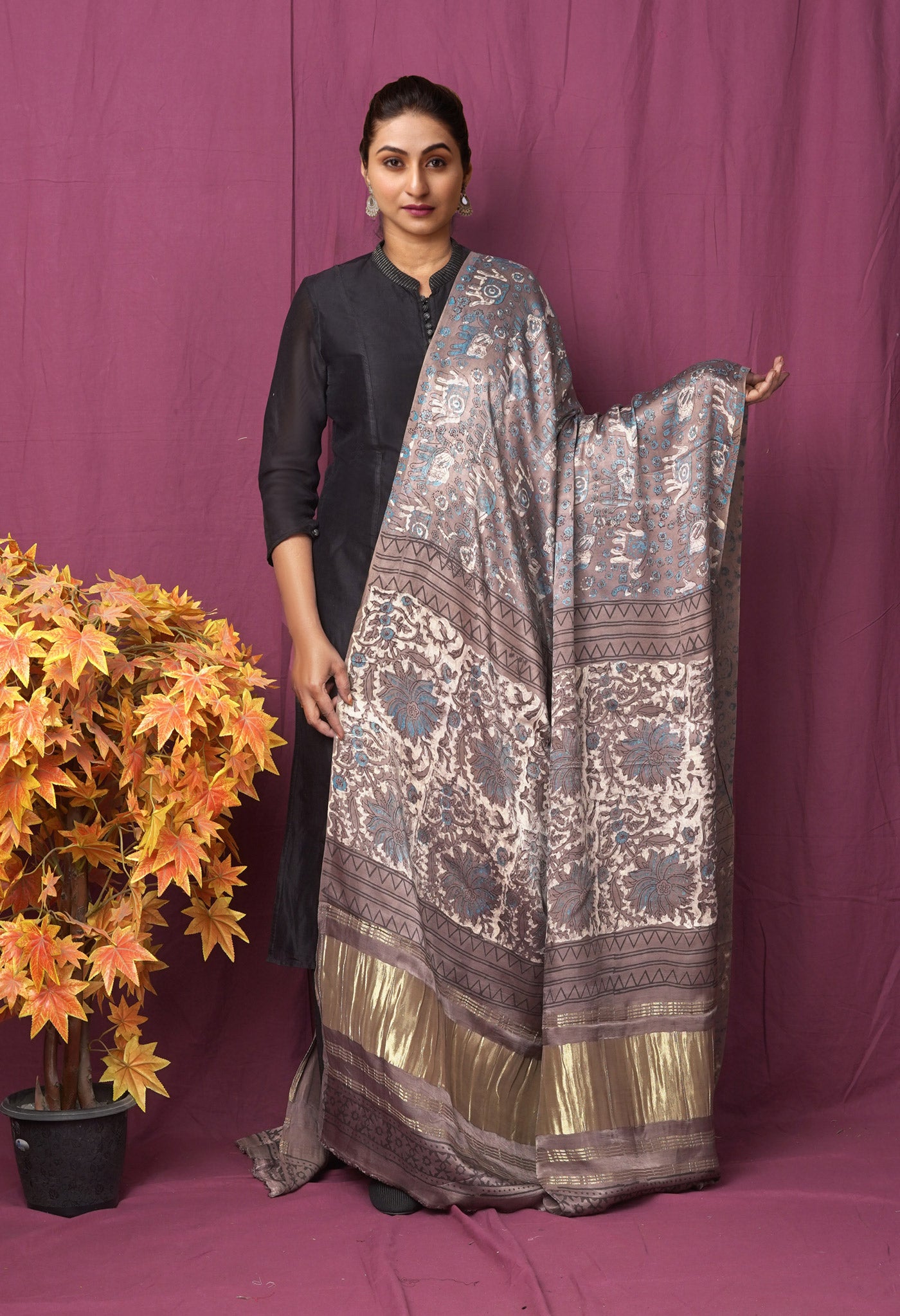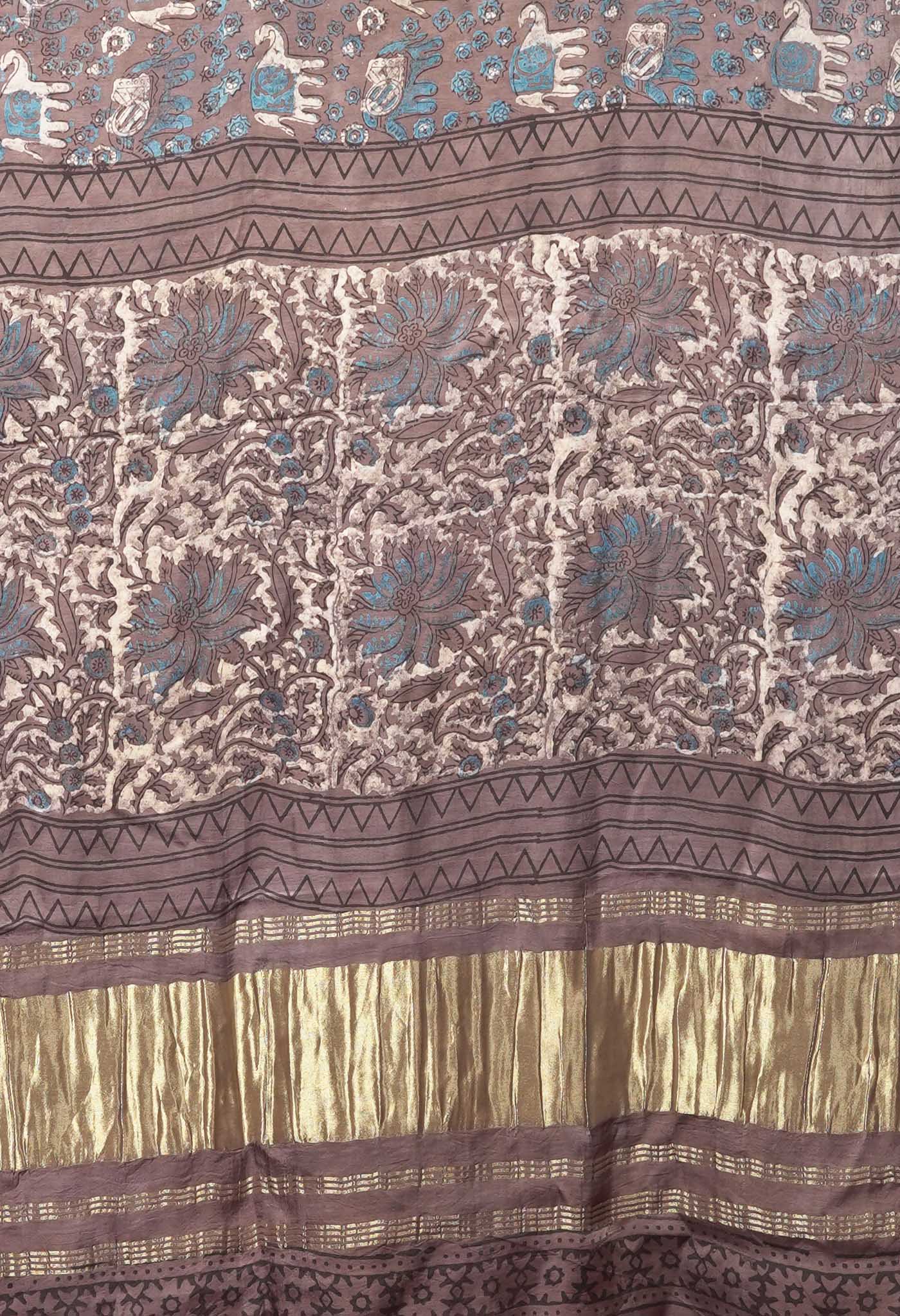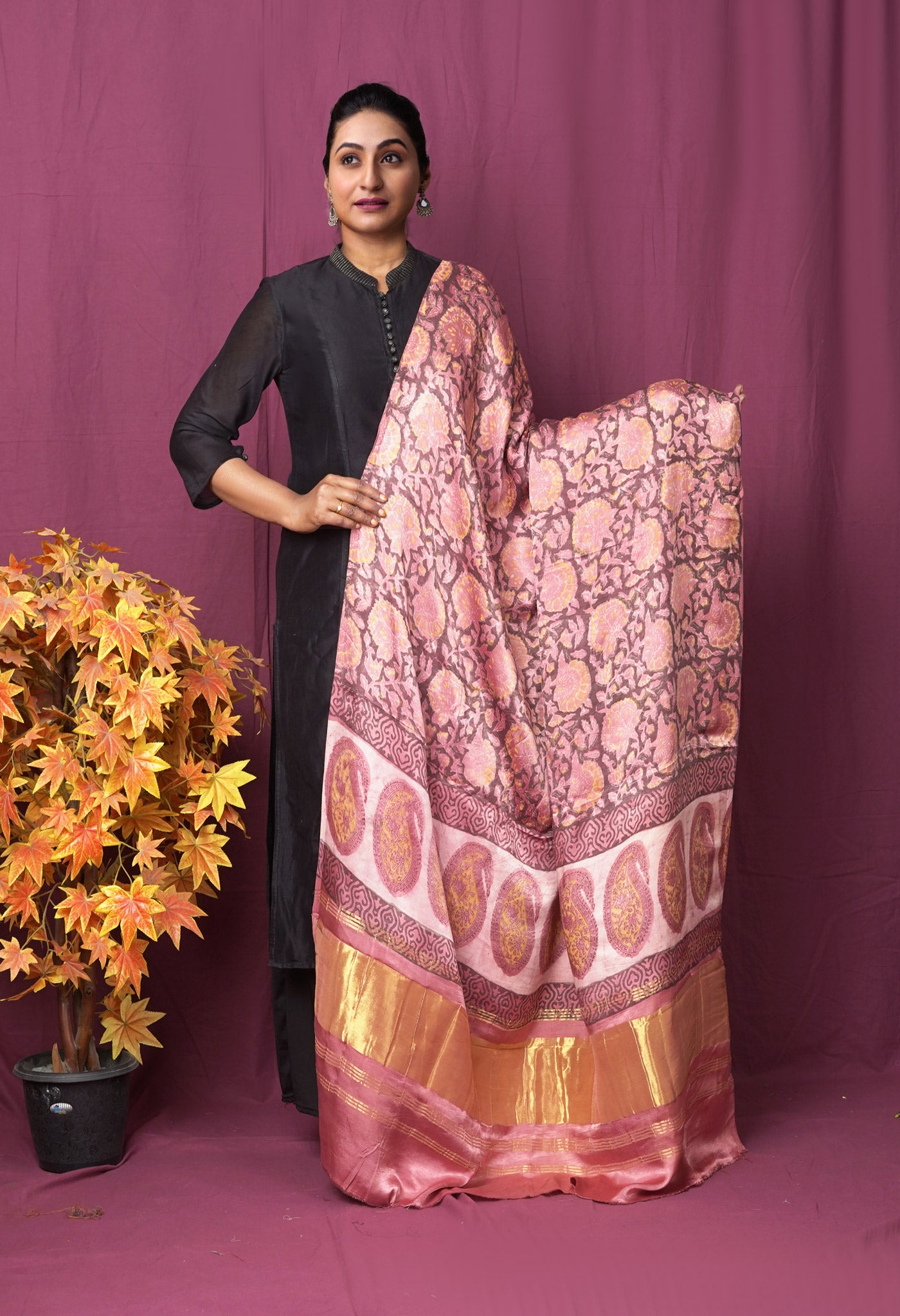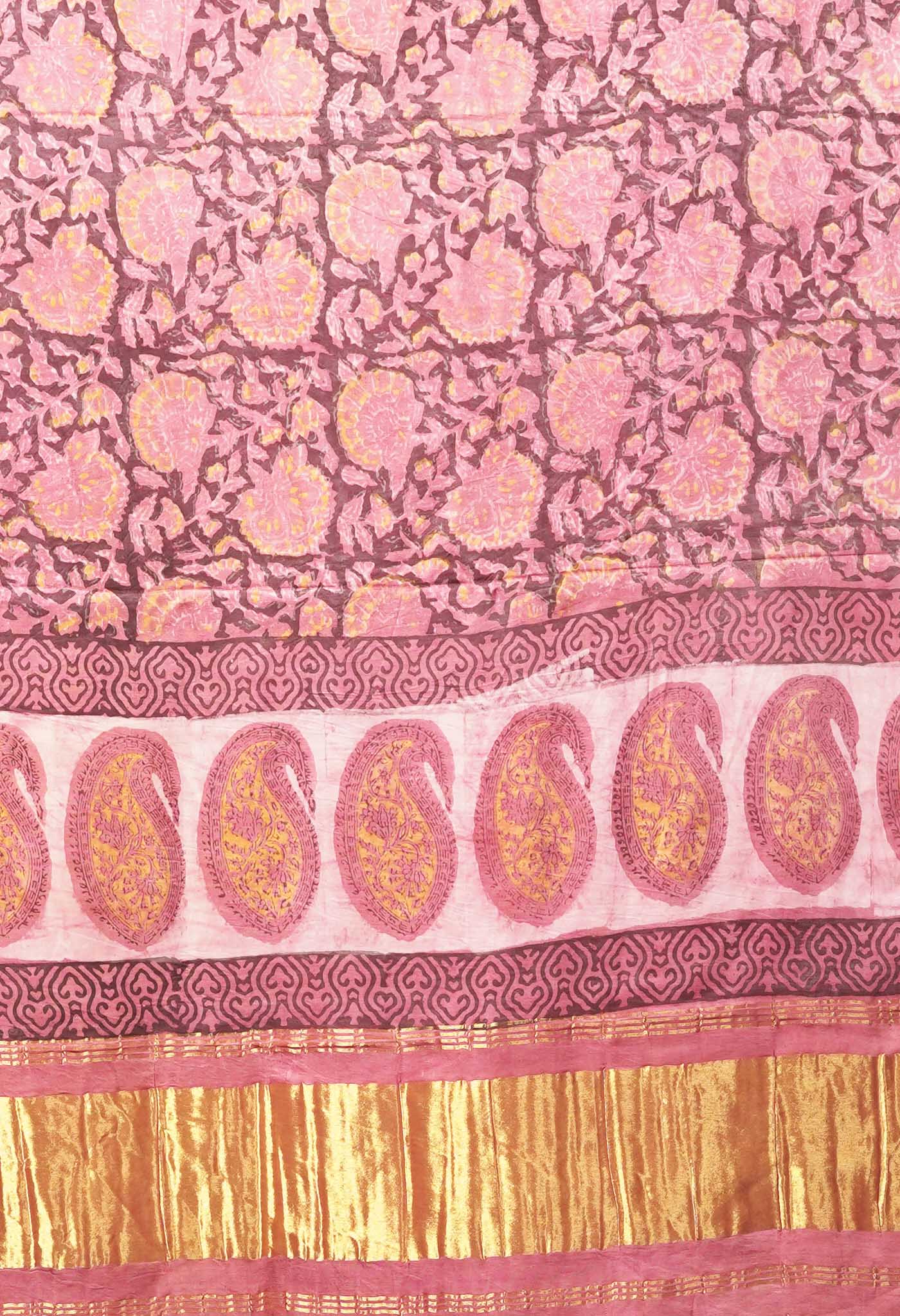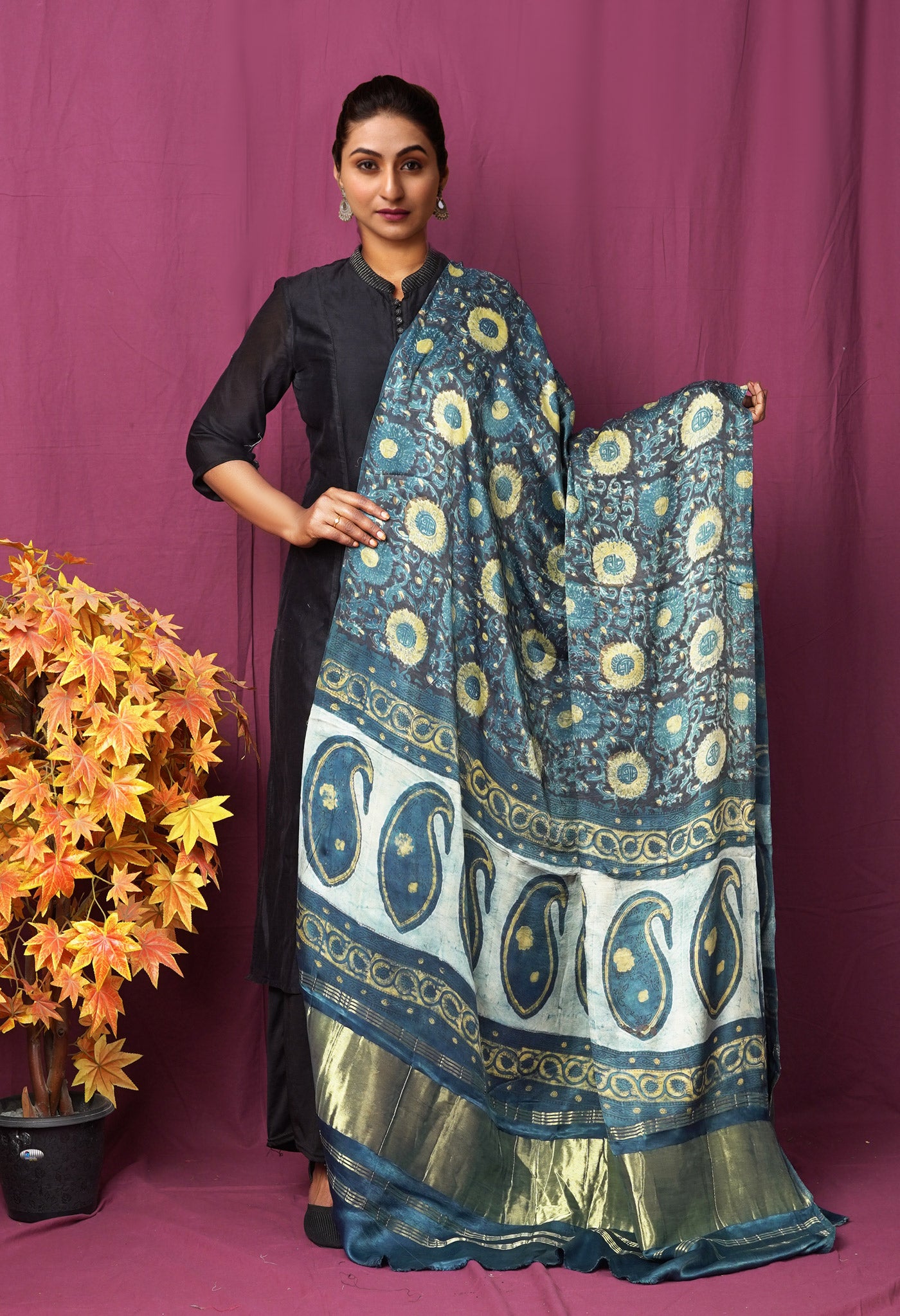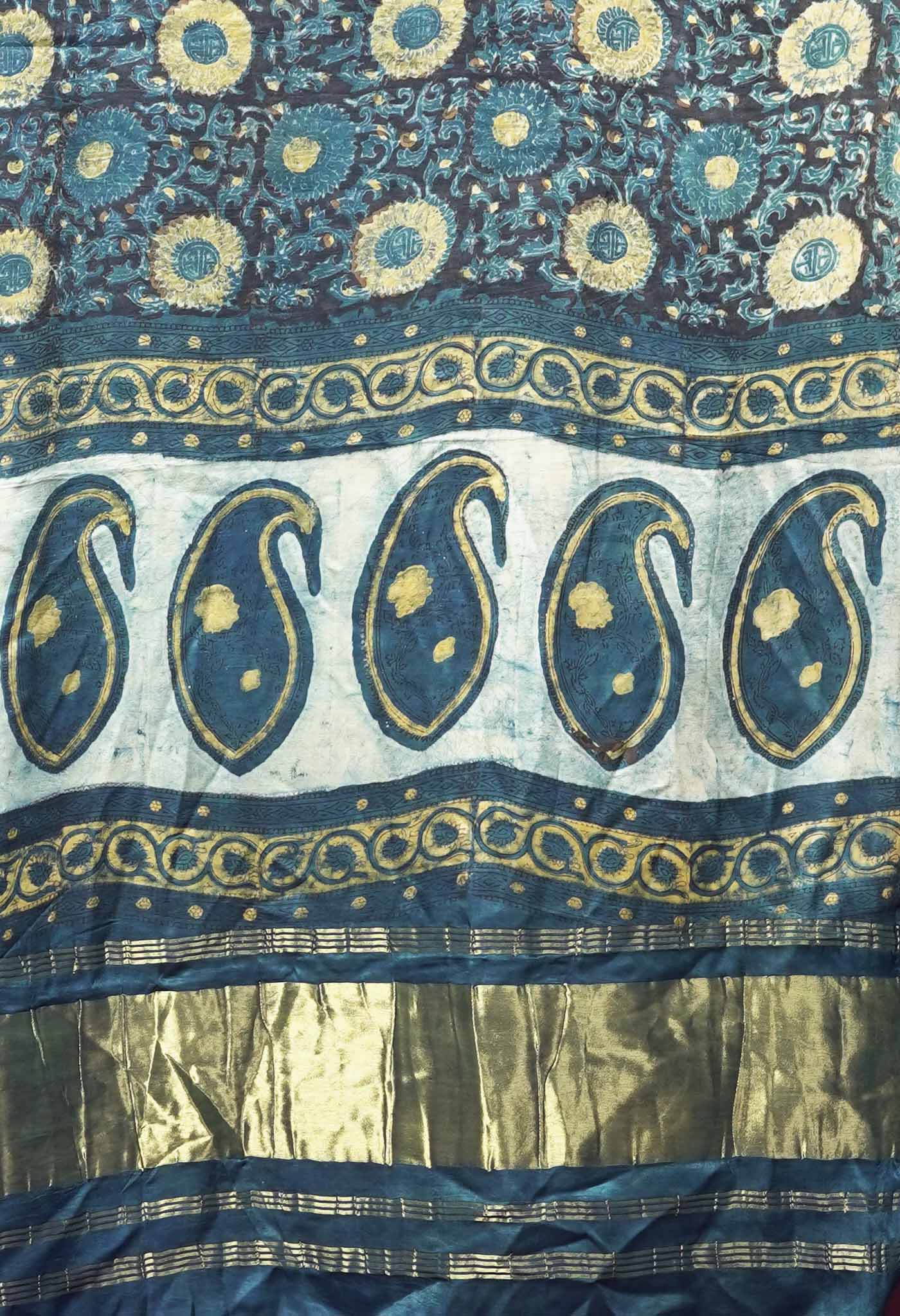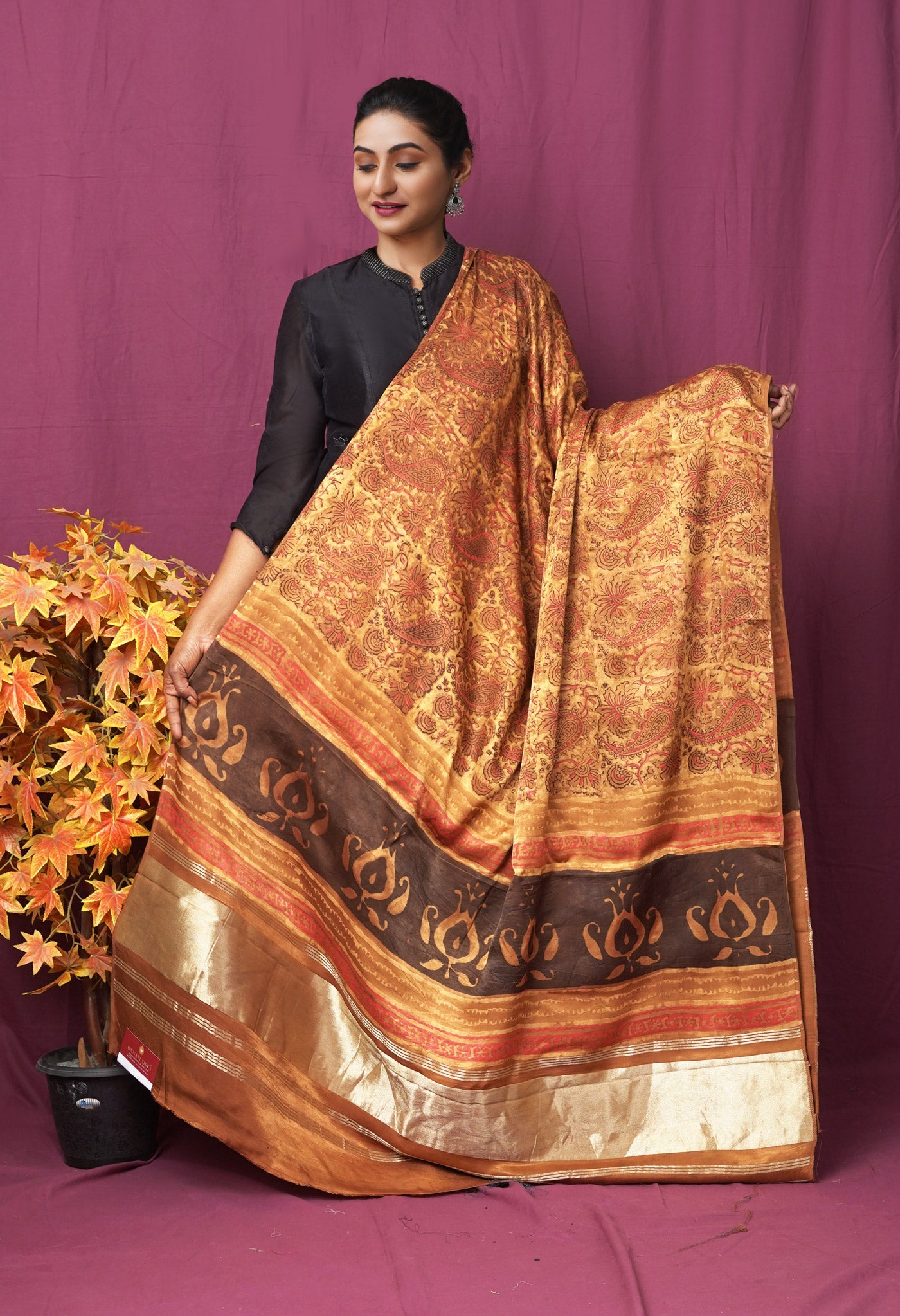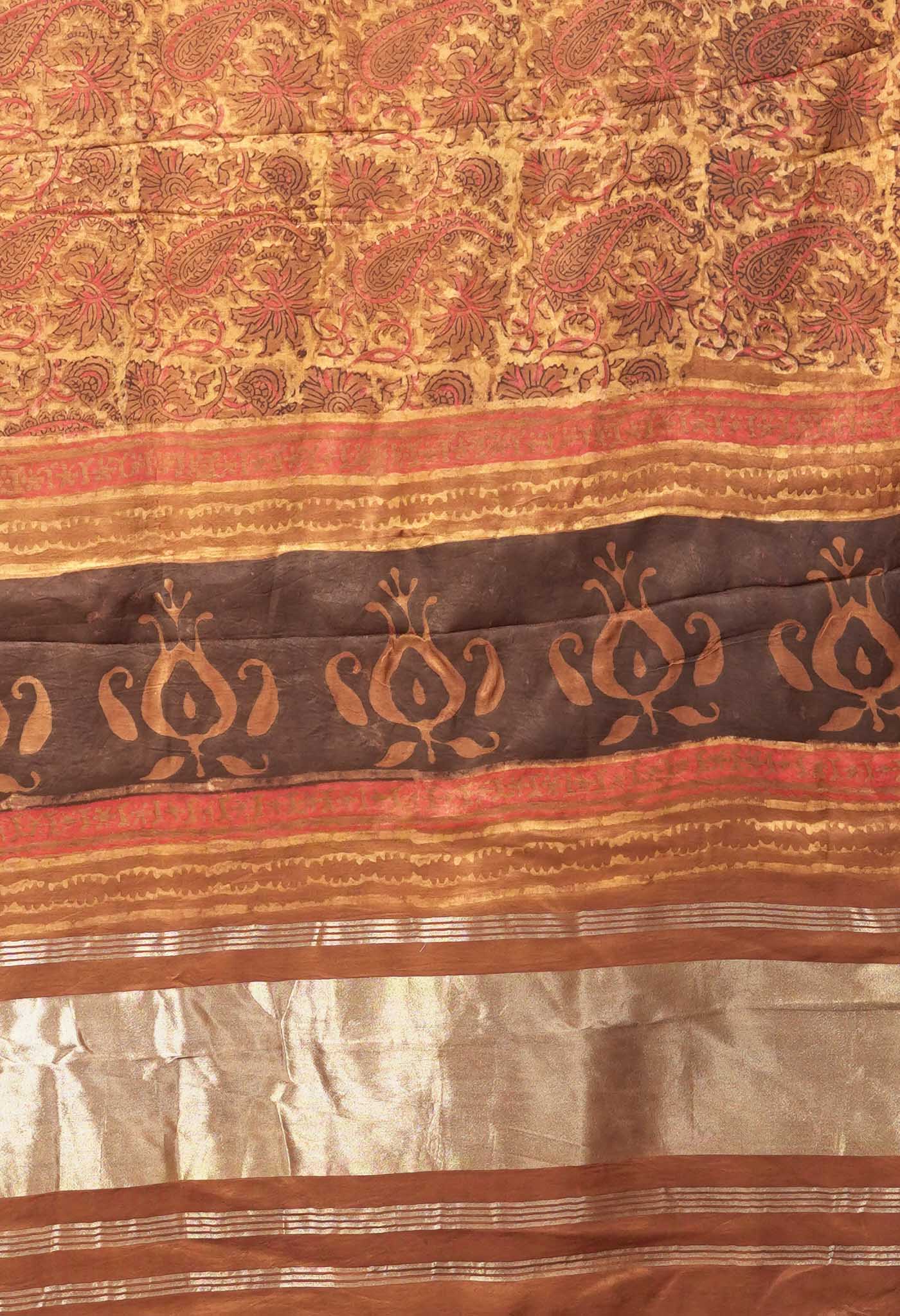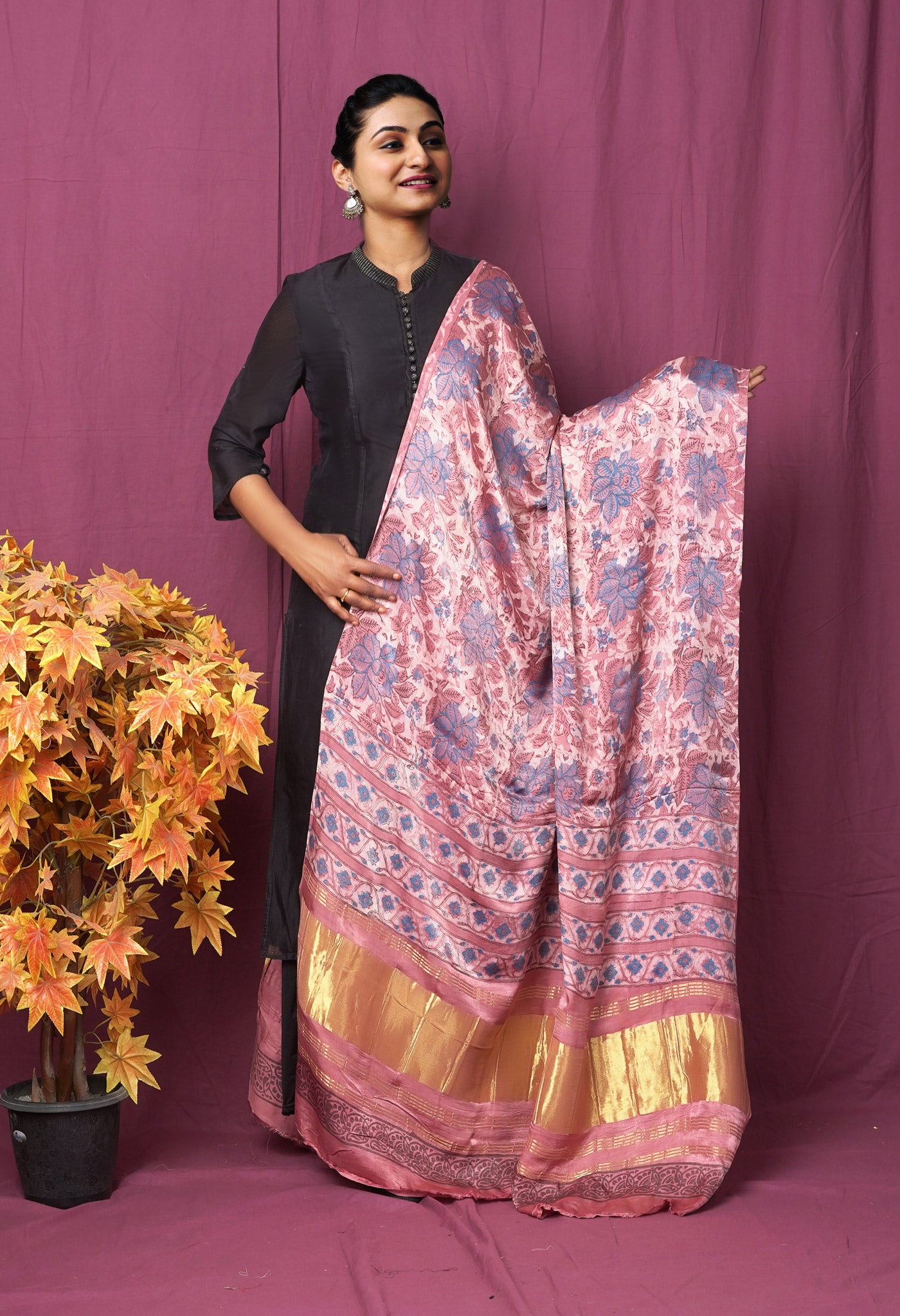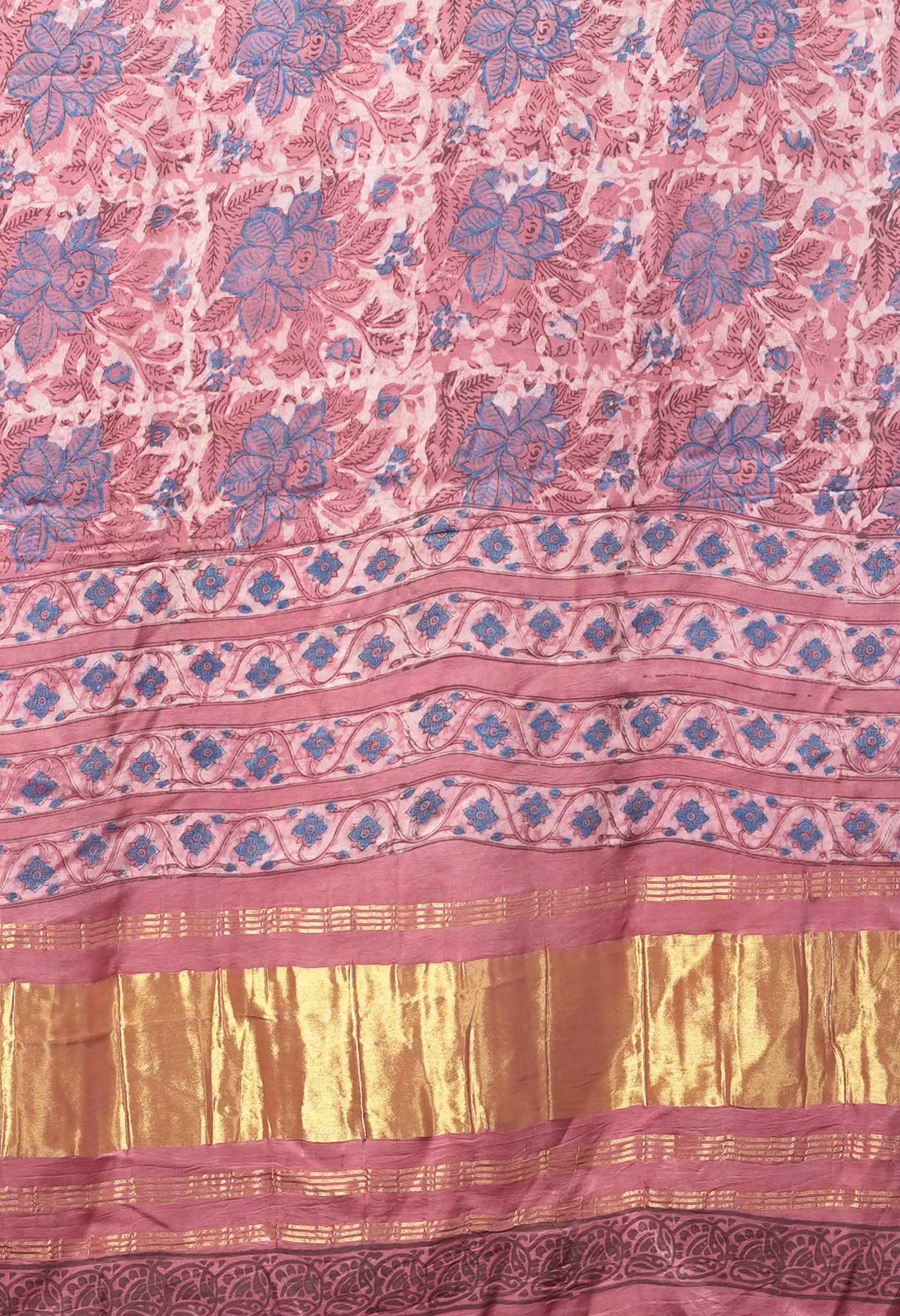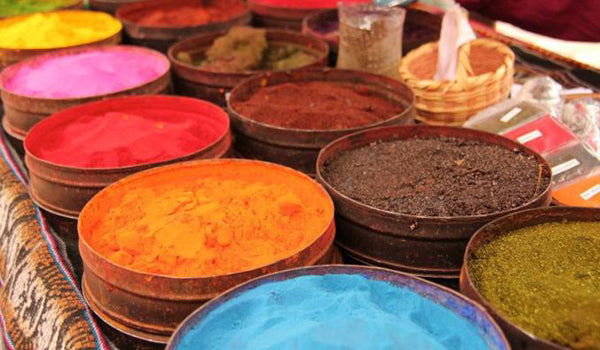
Exploring the wonderful world of pigments
As children when we used to see the spread of the colorful rainbow across the sky, we never ceased to marvel at the gift of nature that thrilled and excited our senses with its colors.
Color, has always been and shall be the most essential ingredient in all that we have or choose to possess, be it the purchases we make for our home or the clothes that we like to be seen in, the pictures that we click for memory’s sake or even the pets we like to possess.

In other words, a world without colors would be unimaginable.
Fabrics and colors
From the time man has opted to clothe his body fabrics have taken prime place in his list of priorities apart from feeding himself. As man progressed in history, after first gaining insight about colors around him, he sought to make use of substances from the very colorful nature all around him to experiment. Fabrics became a good canvas that served for the purpose to explore the variety as well as get enthralled with the outcomes.
In the times of the royals traditional coloring on fabrics was done through natural substances like berries of fruits, substances like turmeric, vegetables like beetroot and other substances that caught the fancy and proved effective. With the advent of technology, man-made substances came into existence and a whole lot of colors exploded onto the horizon of the human mind. New substances ushered in new colors in the mix and match process and suddenly one needed names for the lot of them for understanding and communicating in commercial transactions.

In such advances that science made, came the invention of pigments.
What is a pigment?
A pigment is a material or substance that reflects or scatters some or most wavelengths of the light incident on it. The resulting reflected light is perceived by the human eye as a colour. e.g. ultramarine is that color that absorbs most colours and reflects only the blue colour that we see.
Pigments generally exist as powders of the colorants meant to colour other materials. A binder or vehicle has to accompany it before applying. A vehicle is a colourless neutral substance in which the pigment is suspended. The essential difference between a dye and a pigment is that a dye dissolves in the vehicle while the pigment is insoluble and remains suspended in it.

The pigment range
Most available pigments are ochres and iron oxides that occur in nature. Insects, molluscs and other botanical substances are also used. After the Industrial Revolution, the market has been deluged with synthetic dyes and colours.
Today there is a list of over 27000 colorants with their generic colour index names provided by the world body Color Index International (CII) which prescribes and maintains the Standards for colorants.
Pigment printing and its advantages
Pigment printing is the ‘affixing of colored designs’ using pigment colorants onto fabrics, through block printing. Comparatively it is much easier than the elaborate process of dye printing.

The advantages of pigment printing are:
- pigments do not spread when mixed correctly,
- the process is quite simple and requires little experience to execute nicely,
- colour combinations of the same design are easily , quickly applied through same or different blocks,
- it can be applied to a wide range of fabrics such as pure cotton sarees, pure silk sarees, chiffon sarees, crepe sarees, georgette sarees and super net sarees,
- the prints are fast (adhesion of colour) and sharp in detail,
- display of exquisite floral designs, geometrical patterns and even miniature detailing otherwise not possible are block printed using pigment colorants.

Some properties of pigments:
A pigment is a material that changes the color of reflected or transmitted light as the result of wavelength-selective absorption. Most materials selectively absorb certain wavelengths of light.
In man-made pigments usually have special properties that make them useful for coloring other materials.
- A Pigment must have high tinting strength relative to the materials it colors.
- It must be stable in solid form at ambient temperatures. It also has to have permanence, as desired especially in the arts as well as industrial applications. There are ‘fugitive pigments’ too that with exposure to light over time fade and some tend to blacken.
- Pigments appear colored because they selectively reflect and absorb certain wavelengths of visible light. White light is a roughly equal mixture of the entire spectrum of visible light with a wavelength in a range from about 375 or 400 nanometers to about 760 or 780 nm. When this light encounters a pigment, parts of the spectrum are absorbed by the pigment.
- Pigments, unlike fluorescent or phosphorescent substances, can only subtract wavelengths from the source light, never add new ones.
- The appearance of pigments is intimately connected to the color of the source light. Viewed under different lights, pigments will appear different colors.
- Other properties of a color, such as its saturation or lightness, may be determined by the other substances that accompany pigments. Binders and fillers added to pure pigment chemicals also have their own reflection and absorption patterns, which can affect the final spectrum. E.g. in pigment/binder mixtures, individual rays of light may not encounter pigment molecules and may be reflected unchanged. These stray rays of source light make the mixture appear to have a less saturated color. Pure pigment allows very little white light to escape, producing a highly saturated color, while a small quantity of pigment mixed with a lot of white binder will appear unsaturated and pale due to incident white light escaping unchanged.
- Pigment color differs from structural color in that pigment color is the same for all viewing angles, whereas structural color is the result of selective reflection or iridescence, usually because of multilayer structures. E.g. butterfly wings typically contain structural color, although many butterflies have cells that contain pigment as well.

Pigments and their uses
The uses pigments are put to are, for coloring paint, ink, plastic, fabric, cosmetics food and a host of other materials. In the form of dry ground powder they are colorants. E.g. For use in paint, this powder is added to a binder (or vehicle), a relatively neutral or colorless material that suspends the pigment and gives the paint its adhesion.
Differentiating between dye and pigment
Sometimes people tend to confuse between a coloring dye and pigment. Both are colorants by mixing with another liquid that acts as each’s vehicle. In the case of a dye the resultant mix is either a solution or is a liquid itself, whereas a pigment does not dissolve in its vehicle.
So a colorant could be a pigment or a dye depending upon the vehicle involved. There are cases of a pigment being manufactured from a dye by precipitating a soluble dye with a metallic salt that does not does not dissolve in it. This is called a lake pigment.
All colored substances independent of their solubility are termed as biological pigments.

Attributes of pigments dictating their suitability
The following are some of the attributes of pigments that determine their suitability for particular manufacturing processes and applications:
- Light fastness and sensitivity for damage from ultraviolet light
- Heat stability
- Toxicity
- Tinting strength
- Staining
- Dispersion
- Opacity or transparency
- Resistance to alkalis and acids
- Reactions and interactions between pigments
Pigments based upon their composition
Metal-based pigments
- Cadmium pigments:
- Chromium pigments:
- Cobalt pigments:
- Copper pigments:
- Iron oxide pigments:
- Mercury pigments:
- Titanium pigments:
- Zinc pigments:
- Aluminum pigment:

Other inorganic pigments
- Carbon pigments:
- Clay earth pigments (iron oxides):
- Ultramarine pigments:
Biological and organic
- Biological origins:
- Non biological organic:



